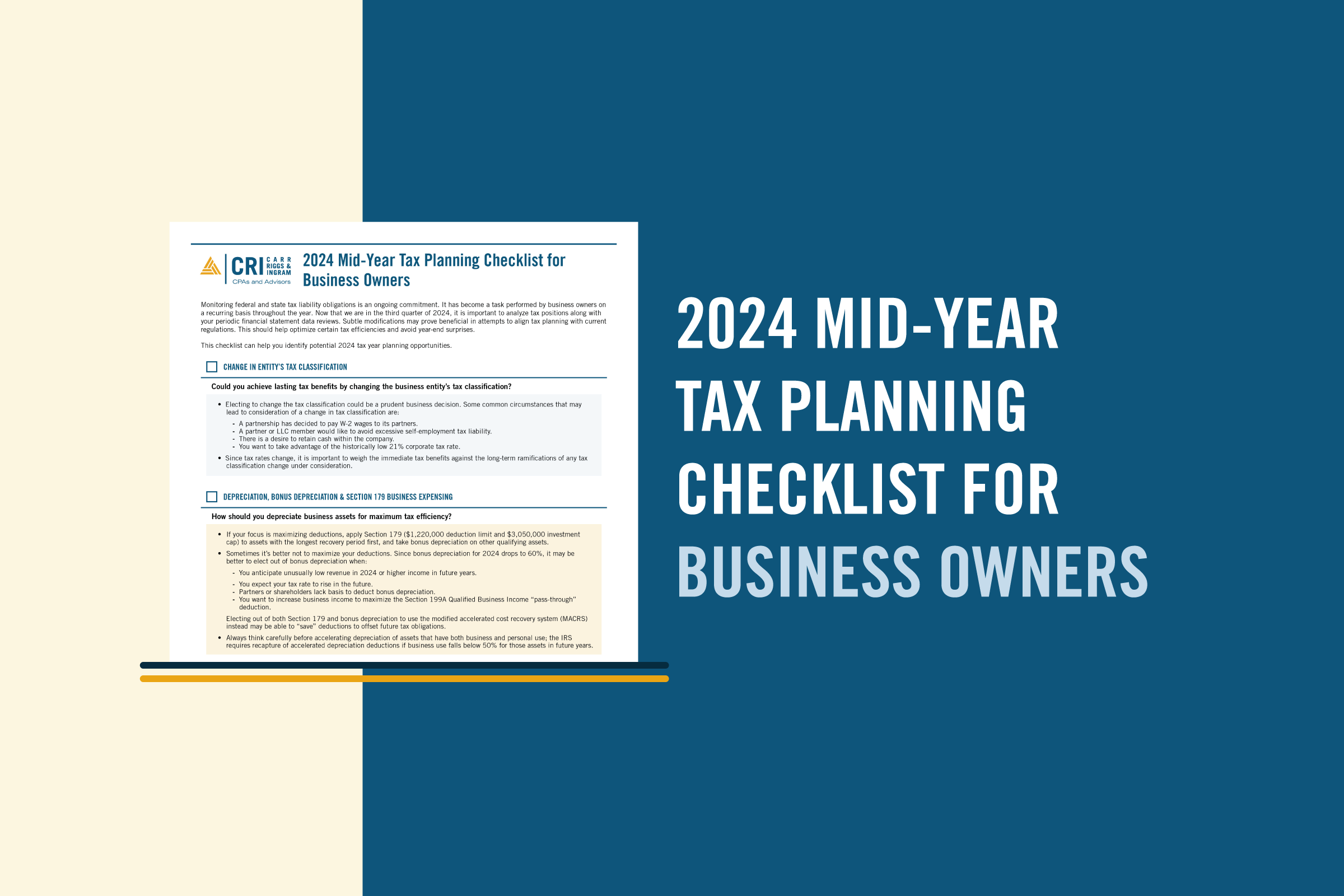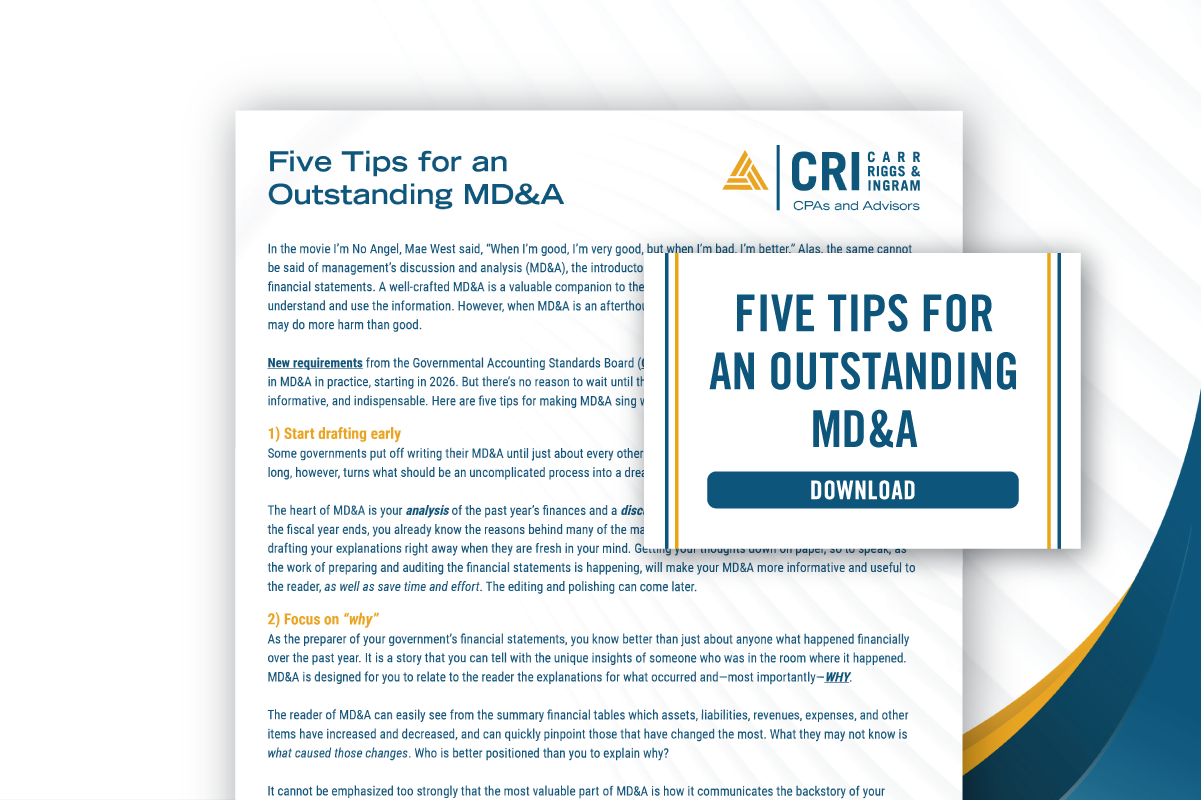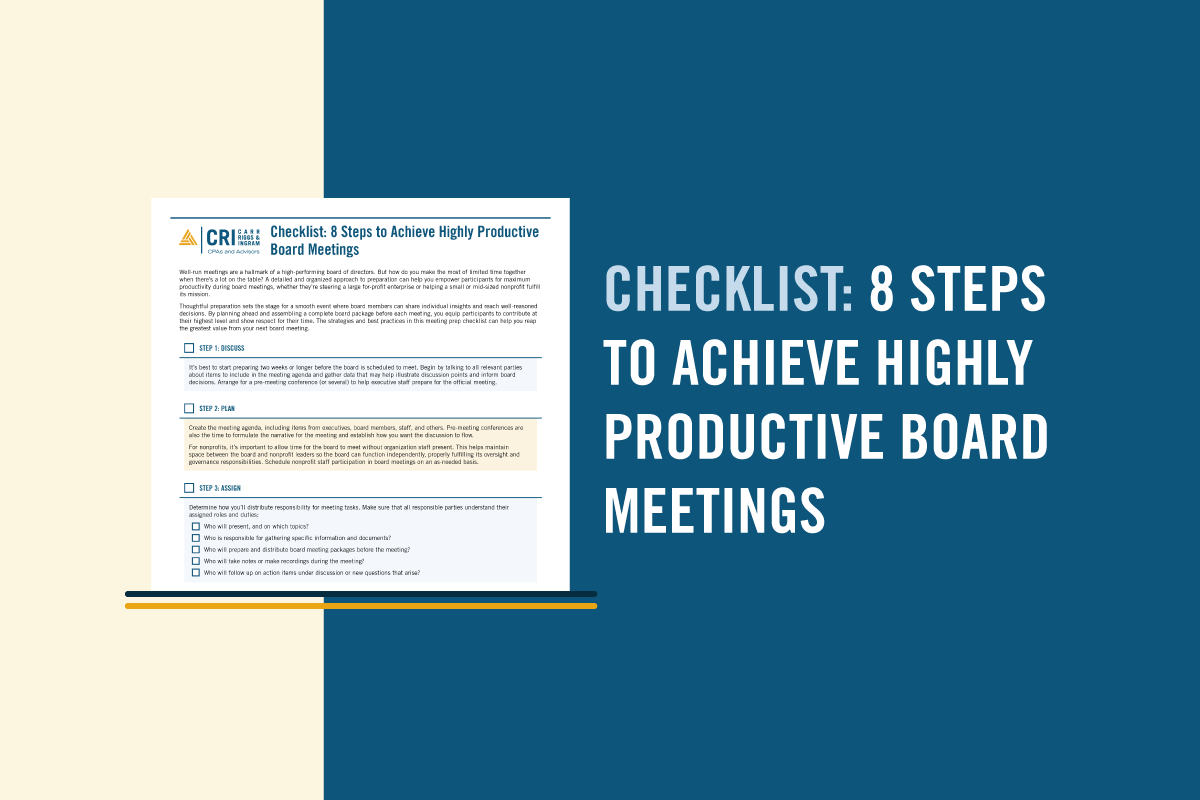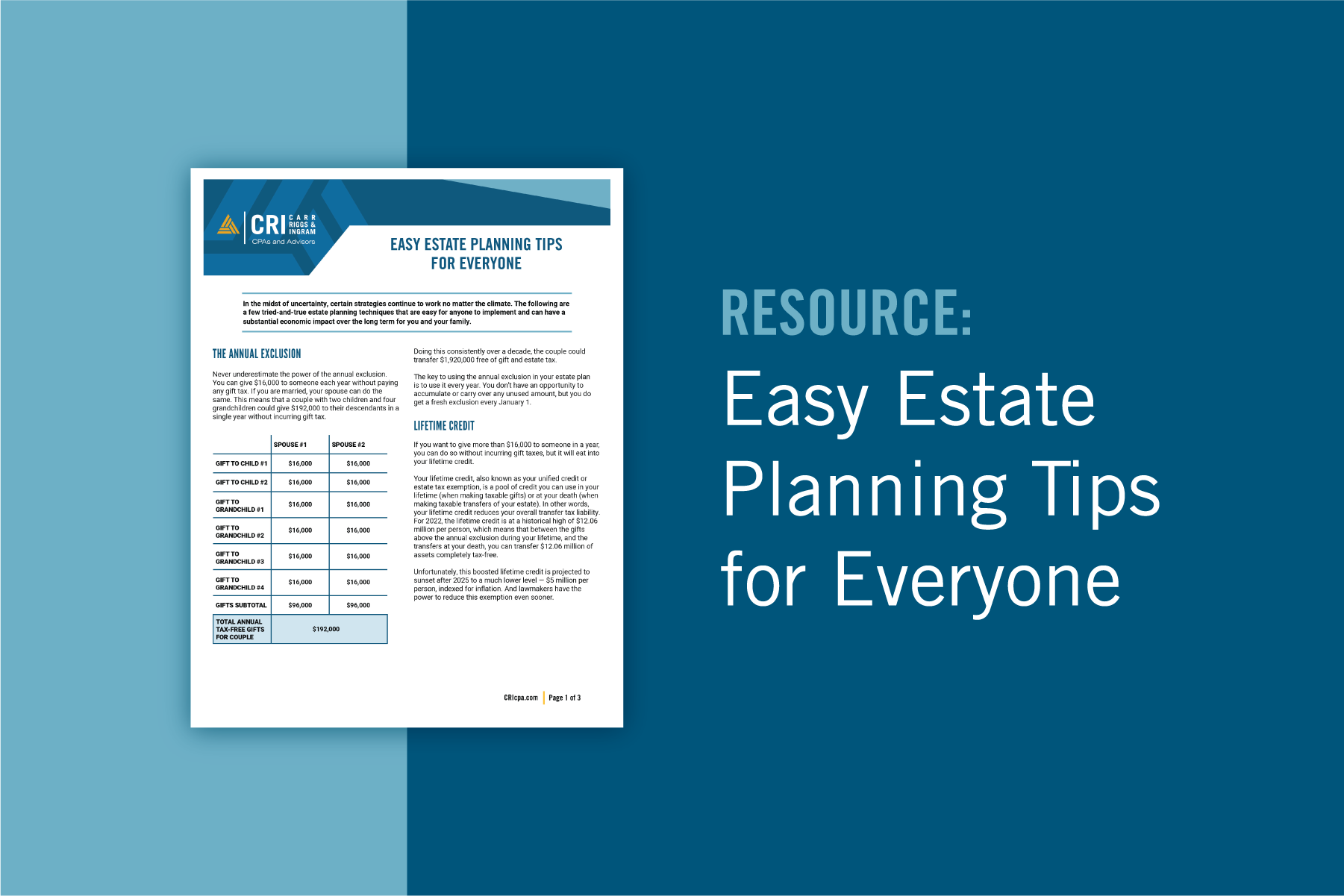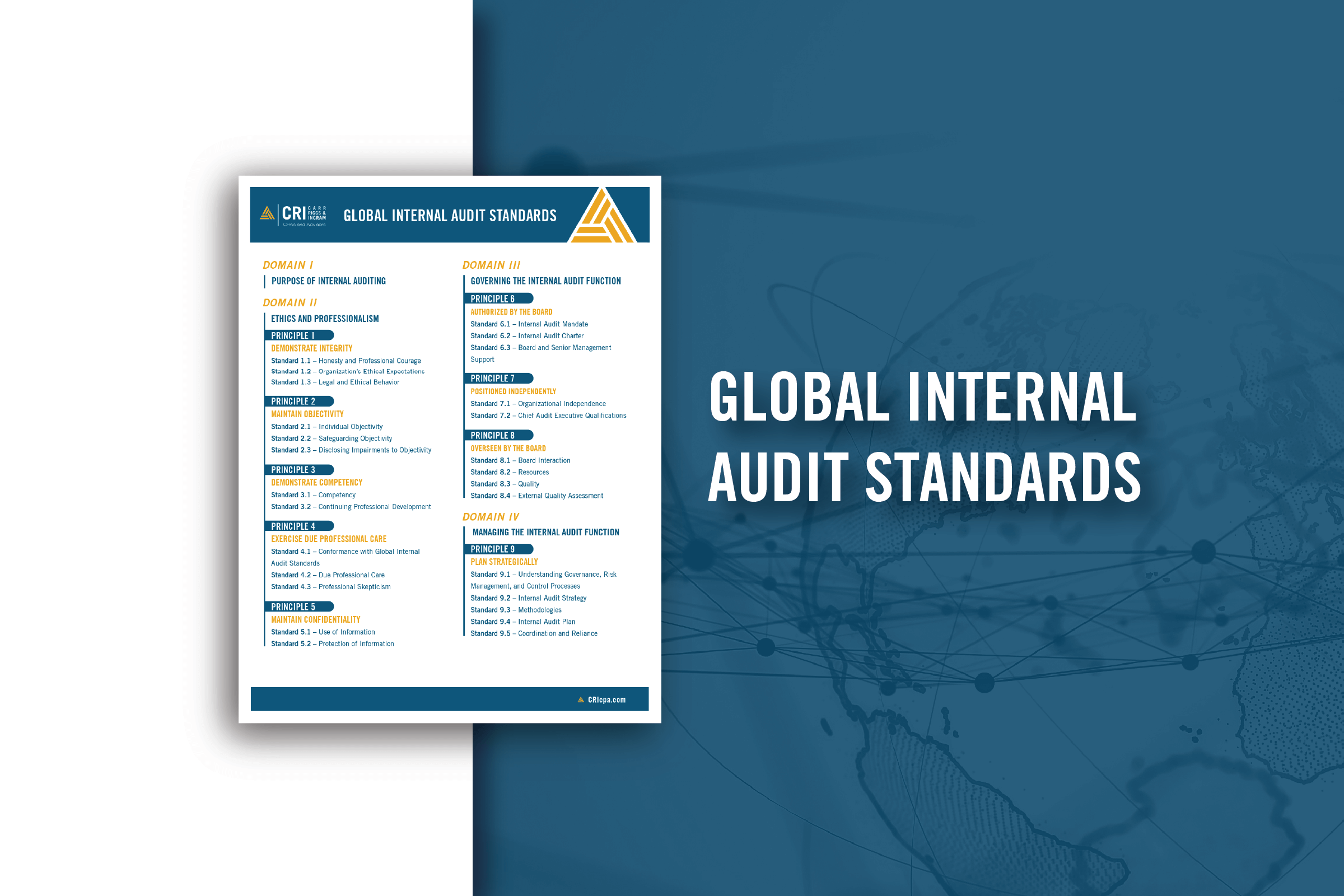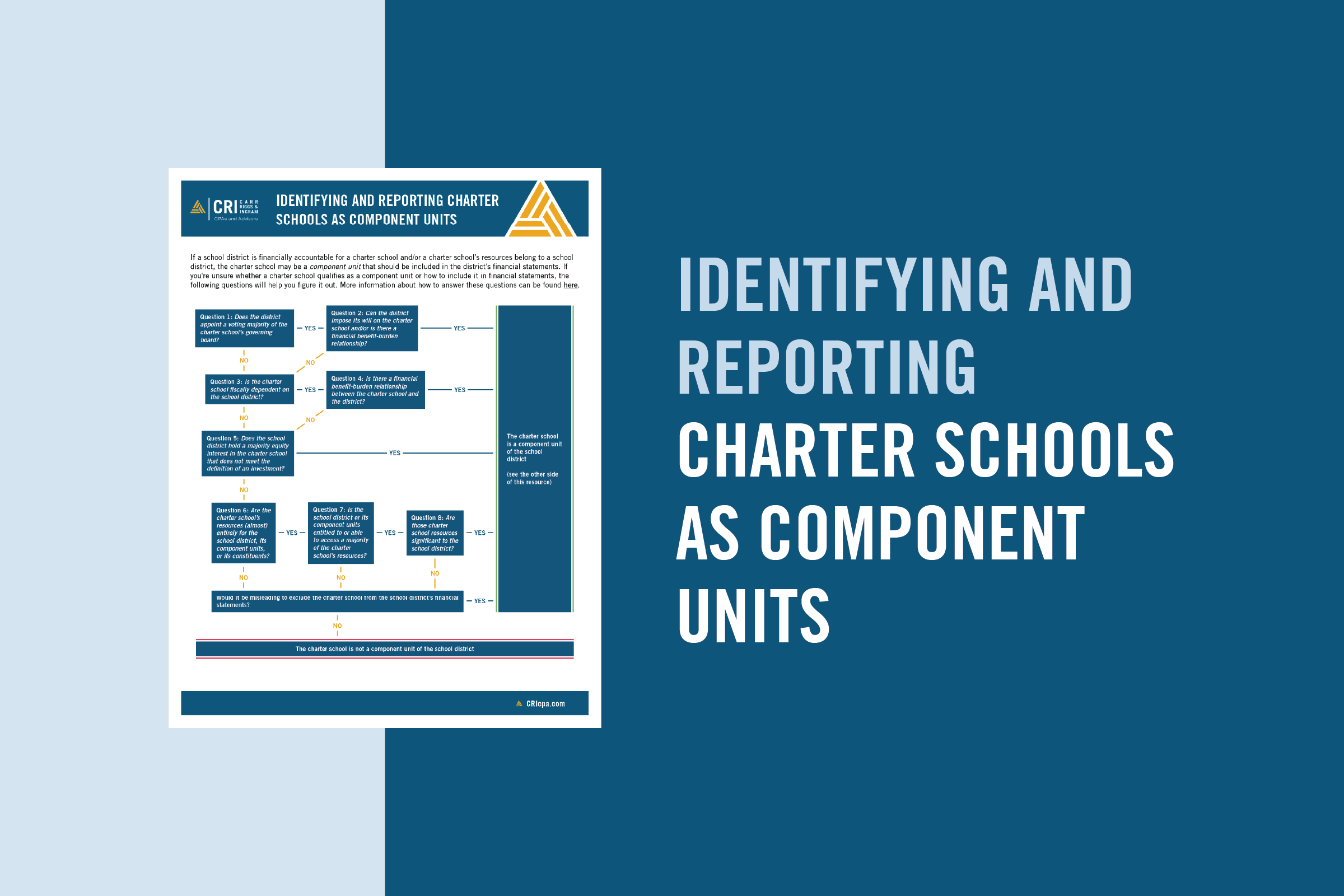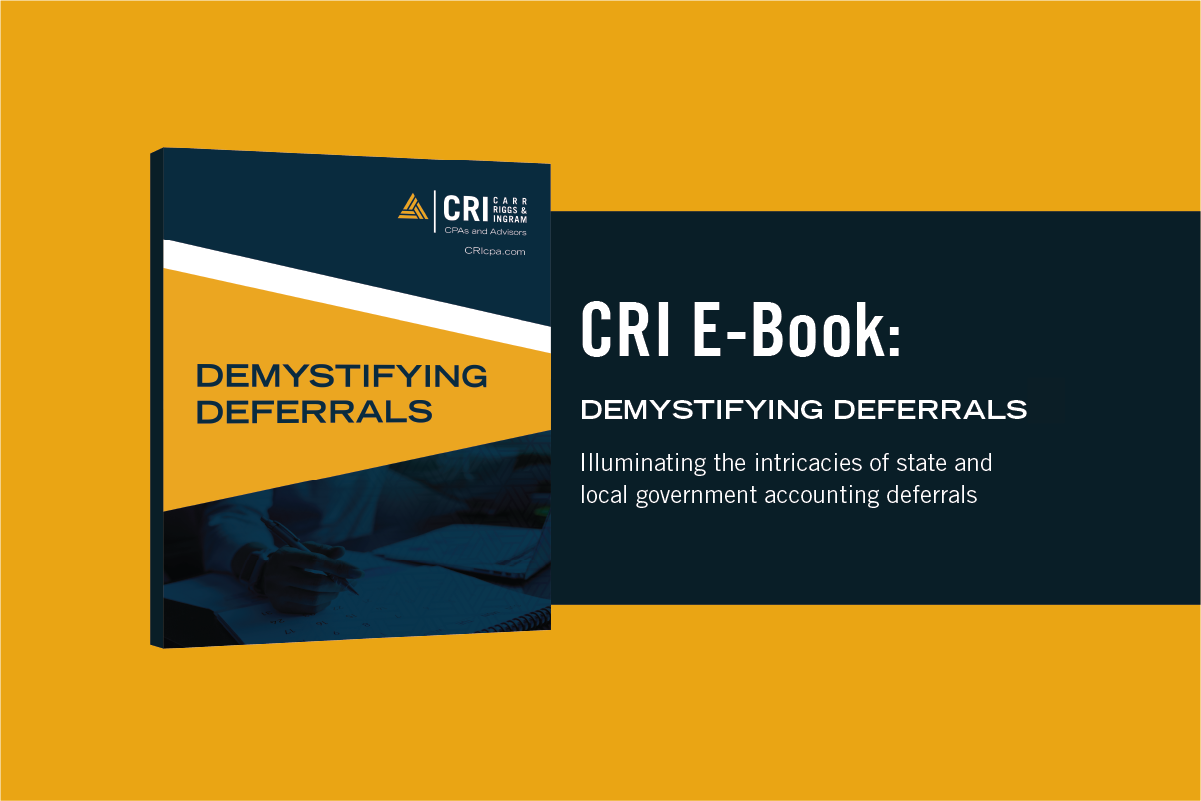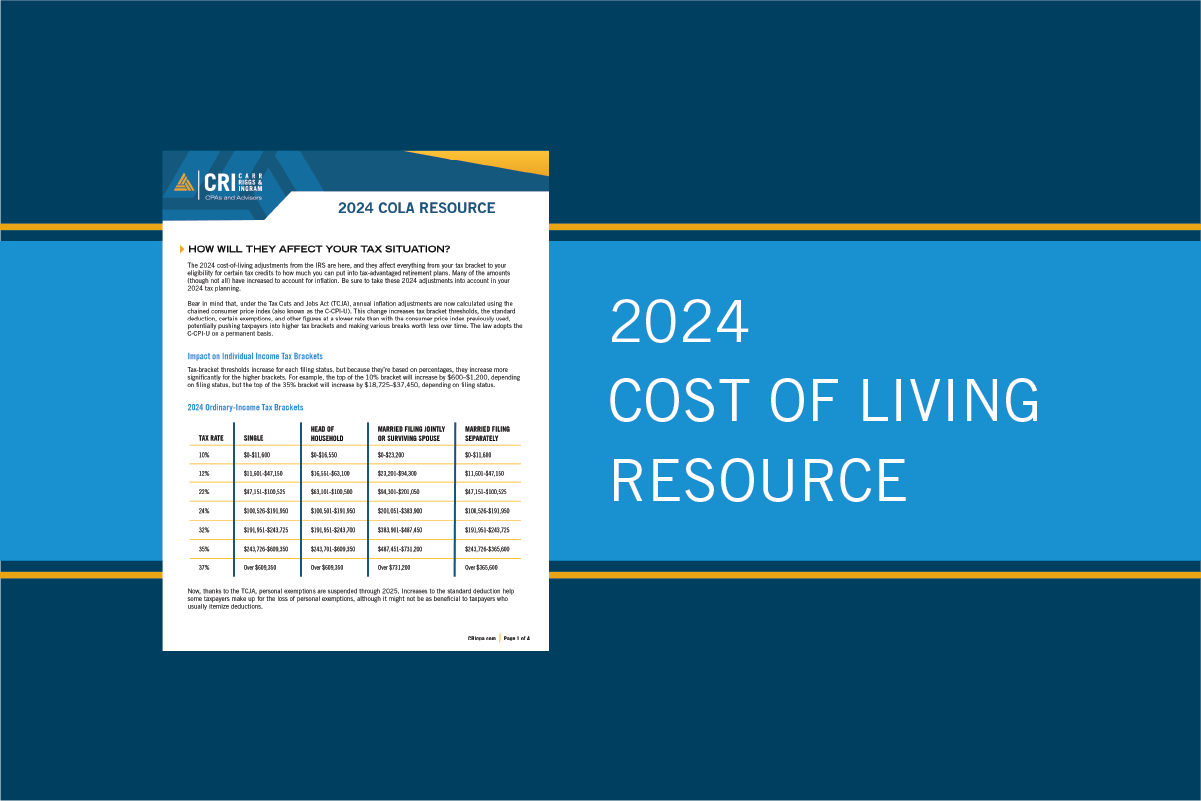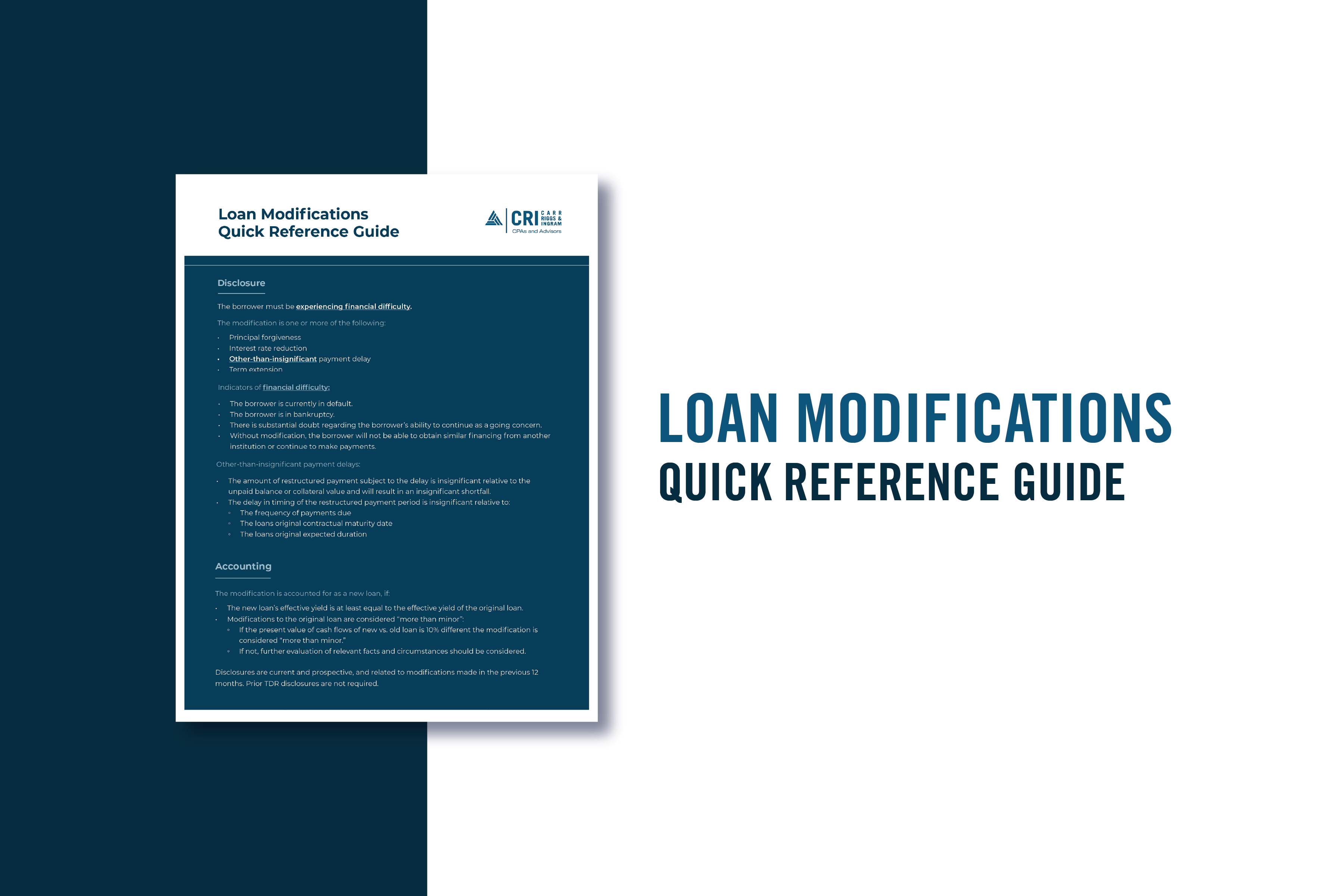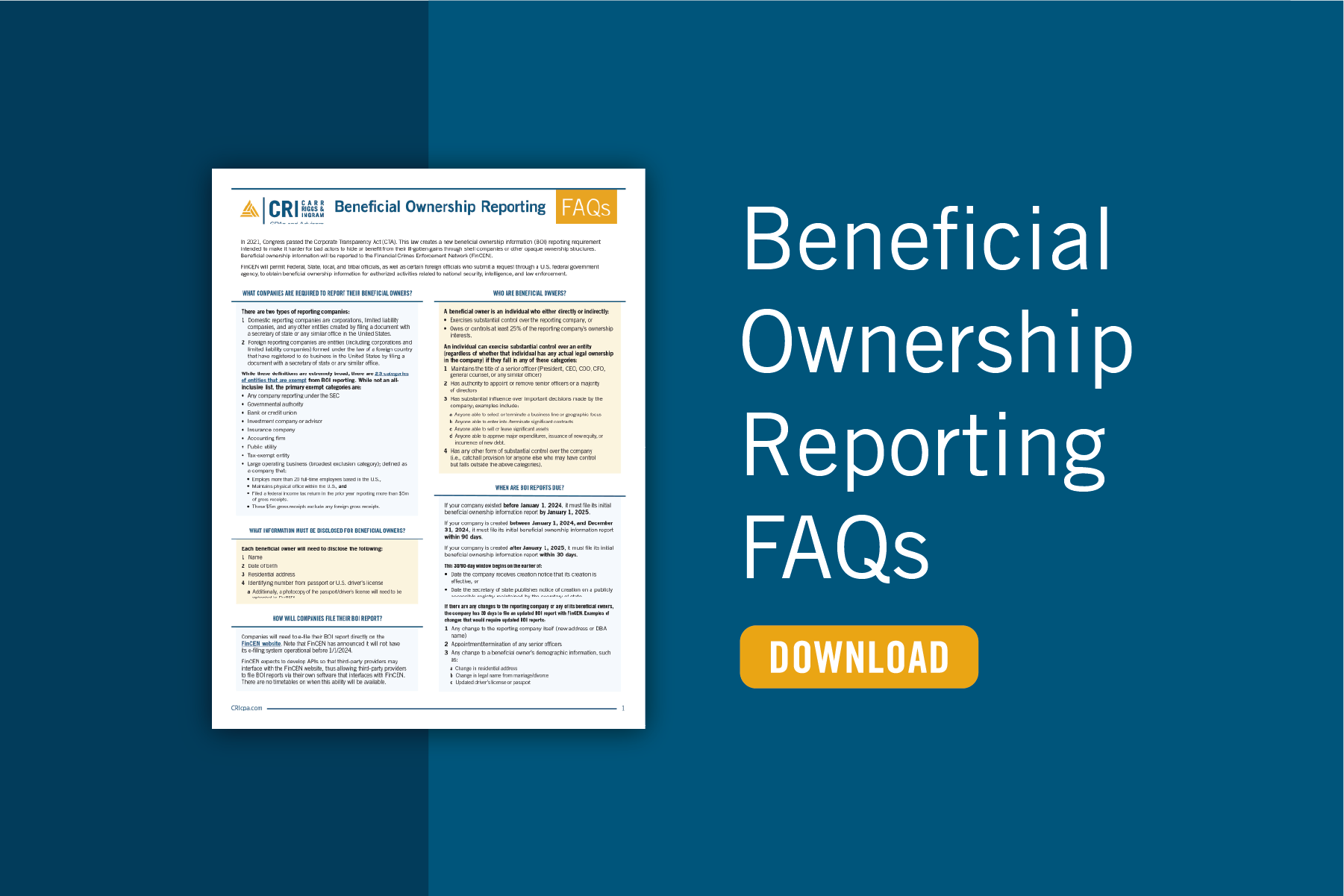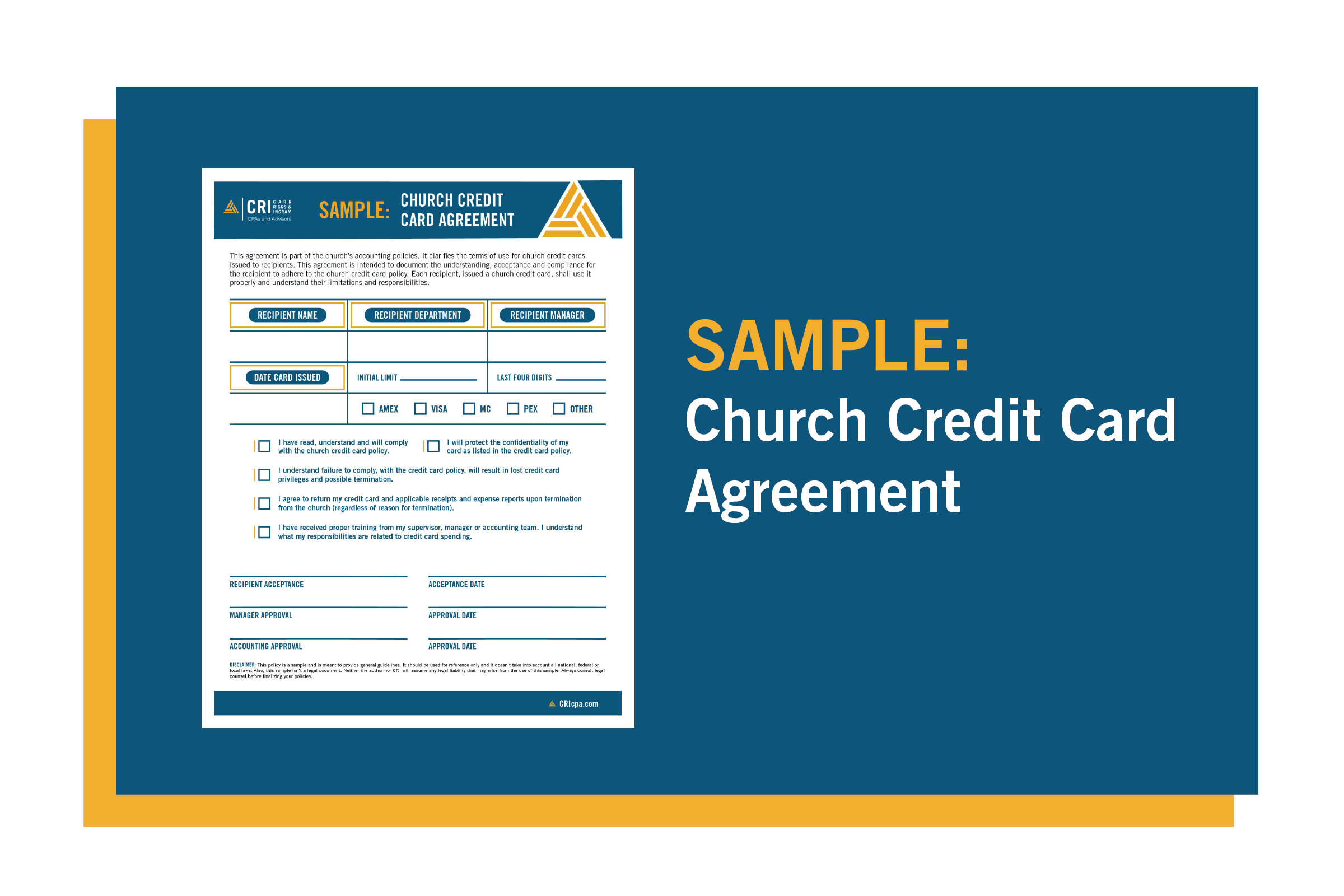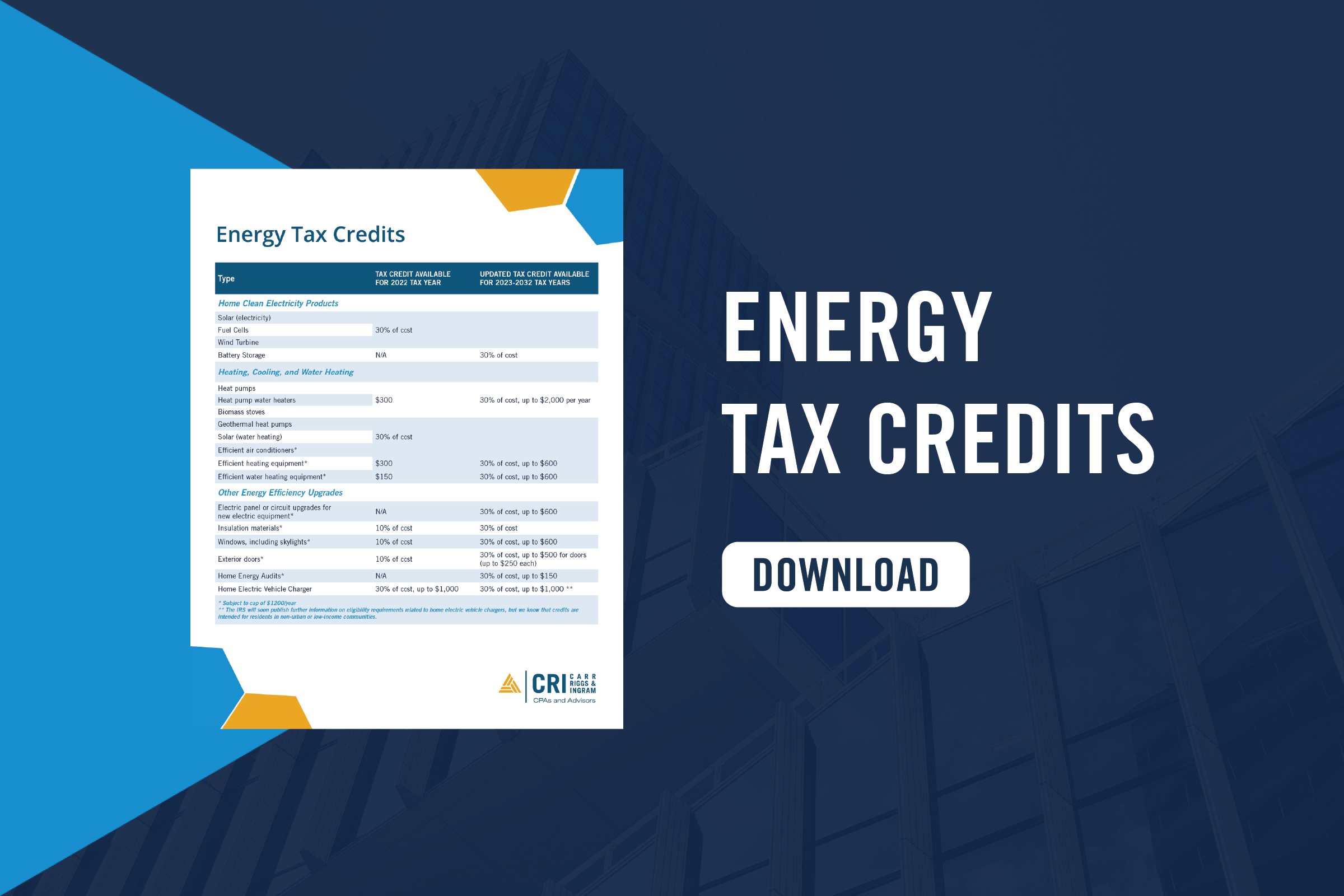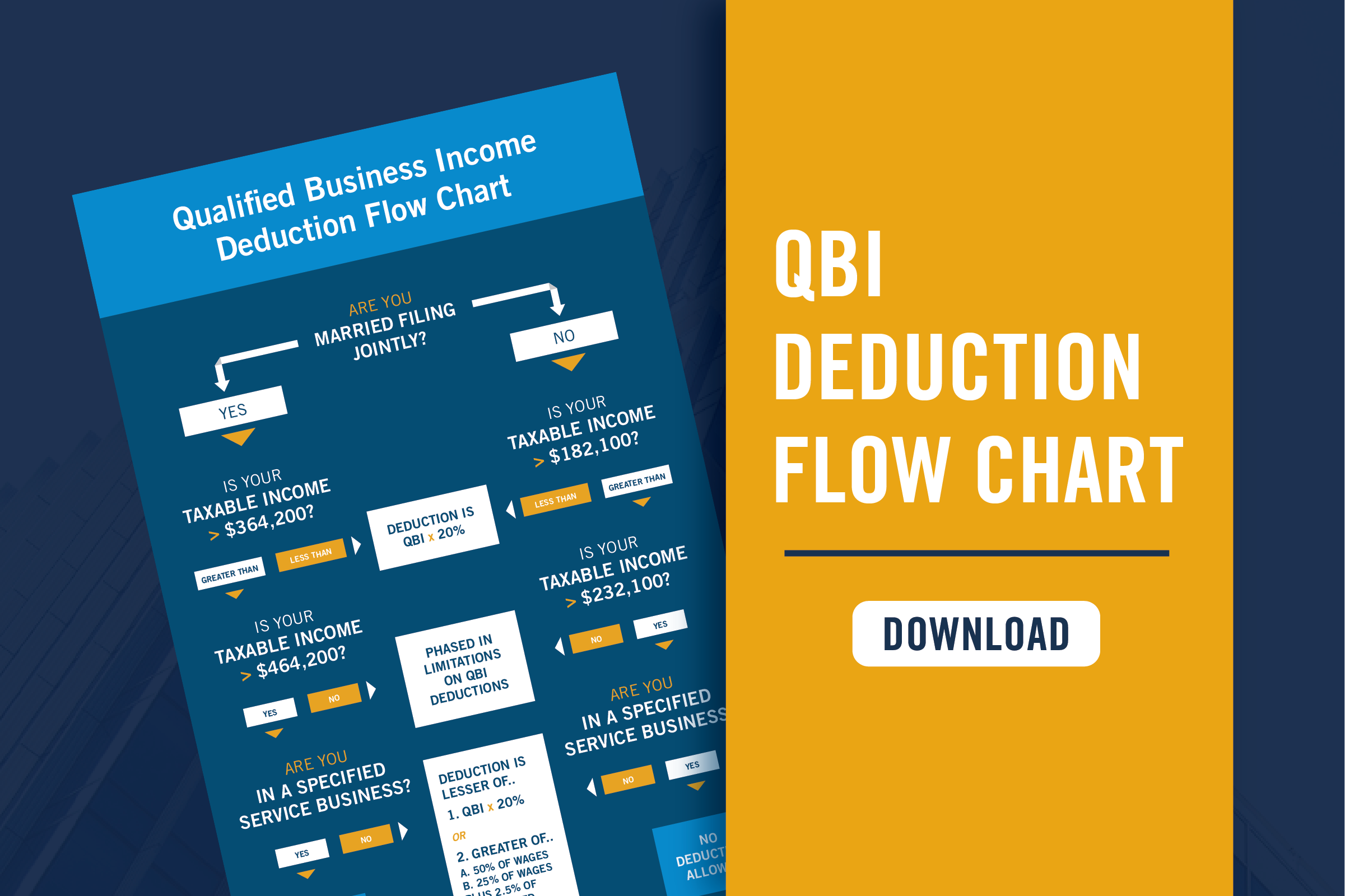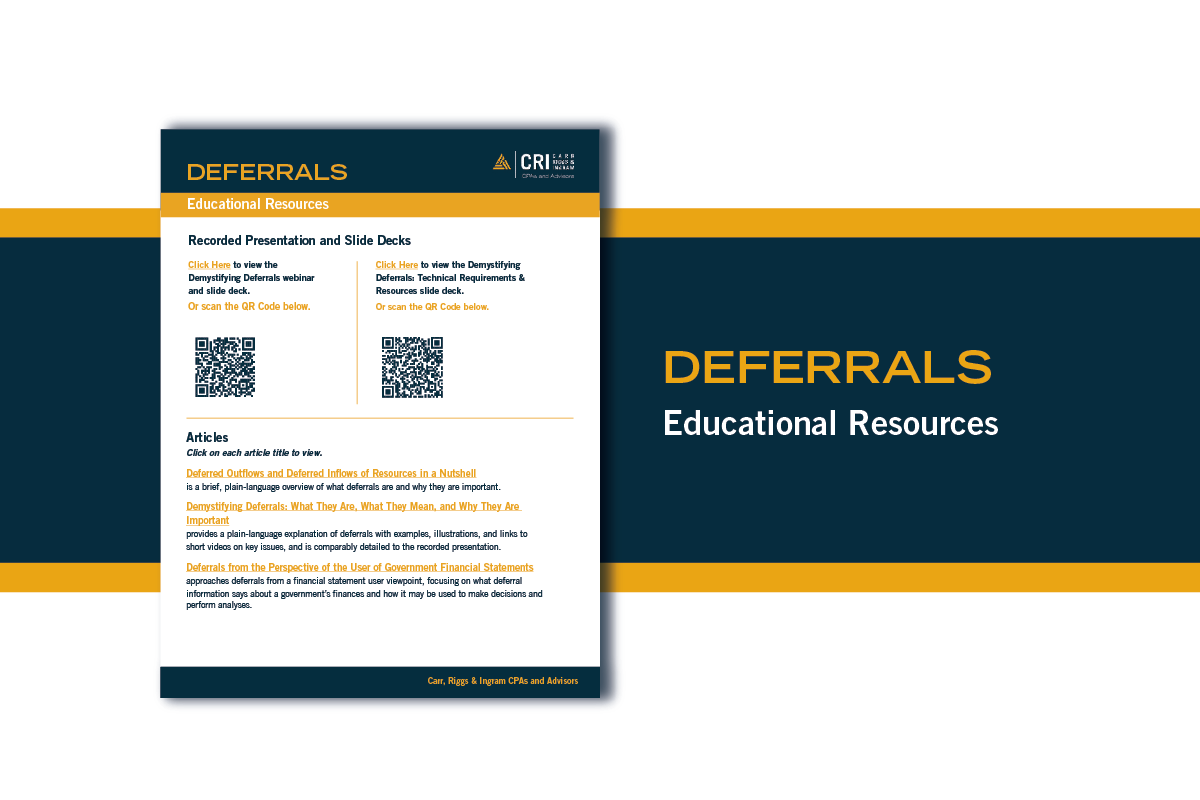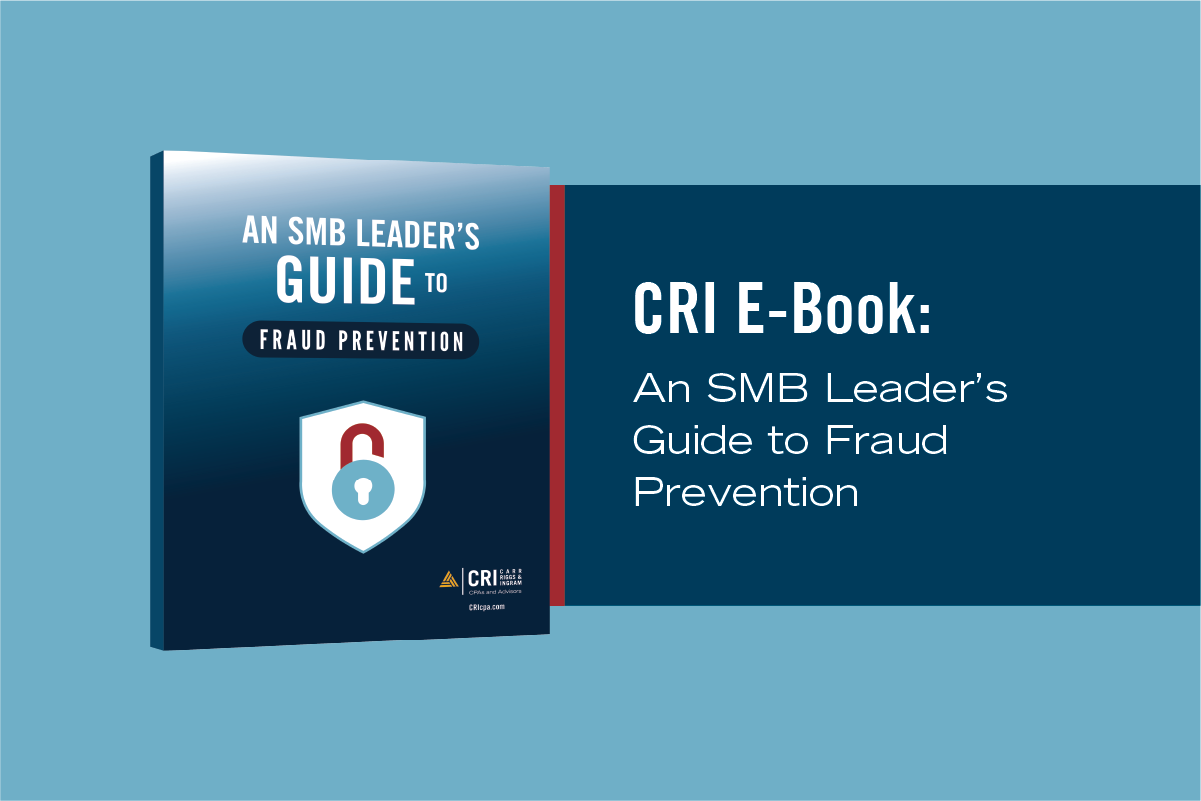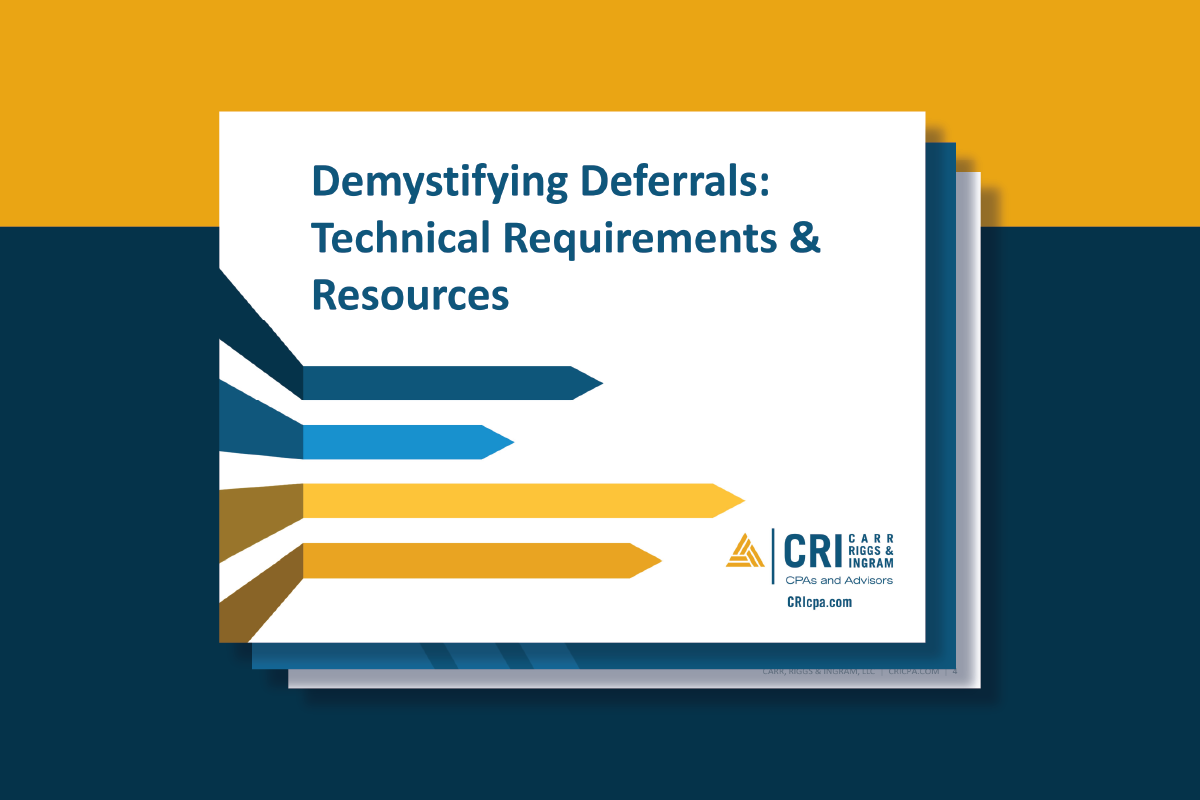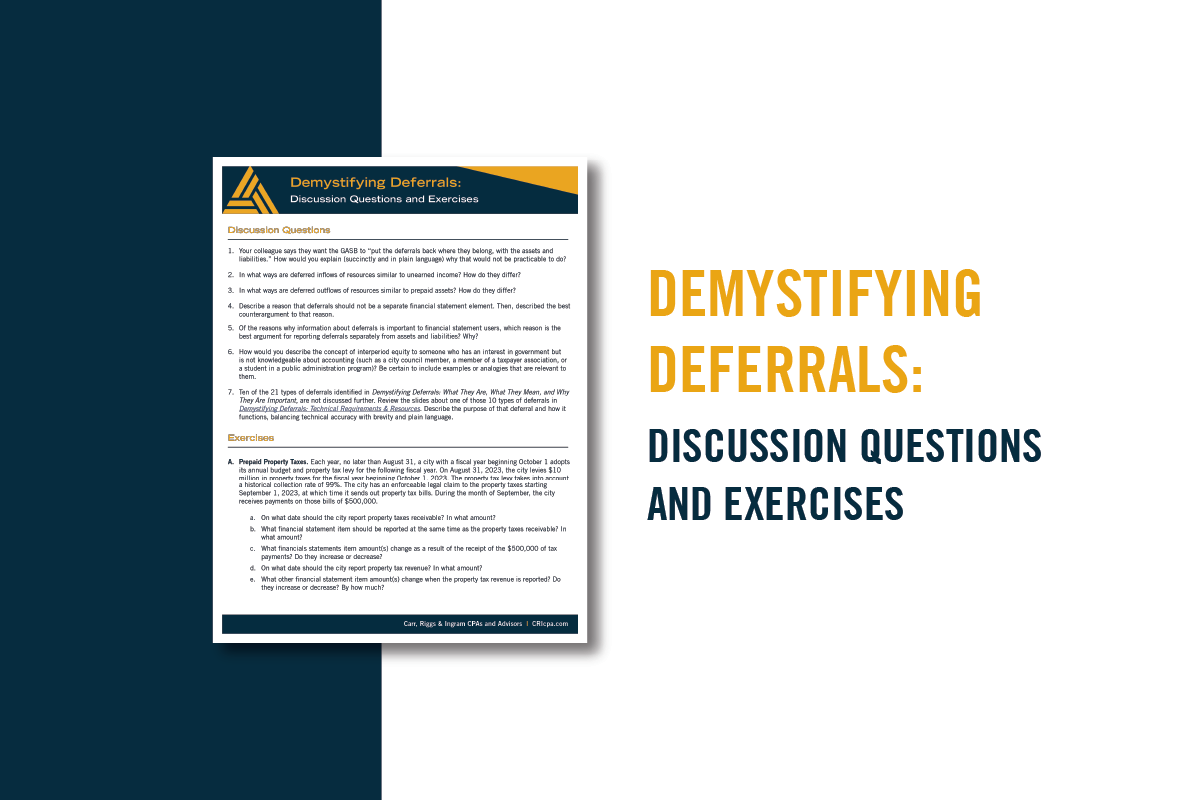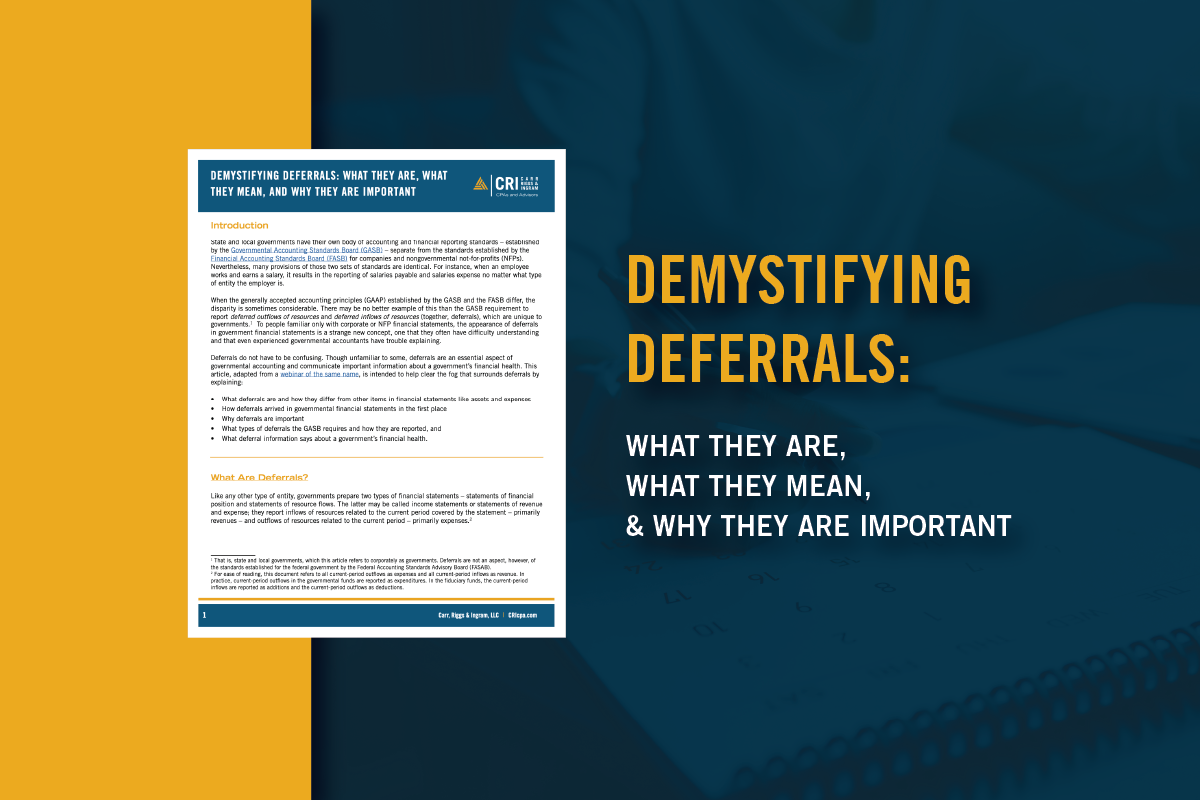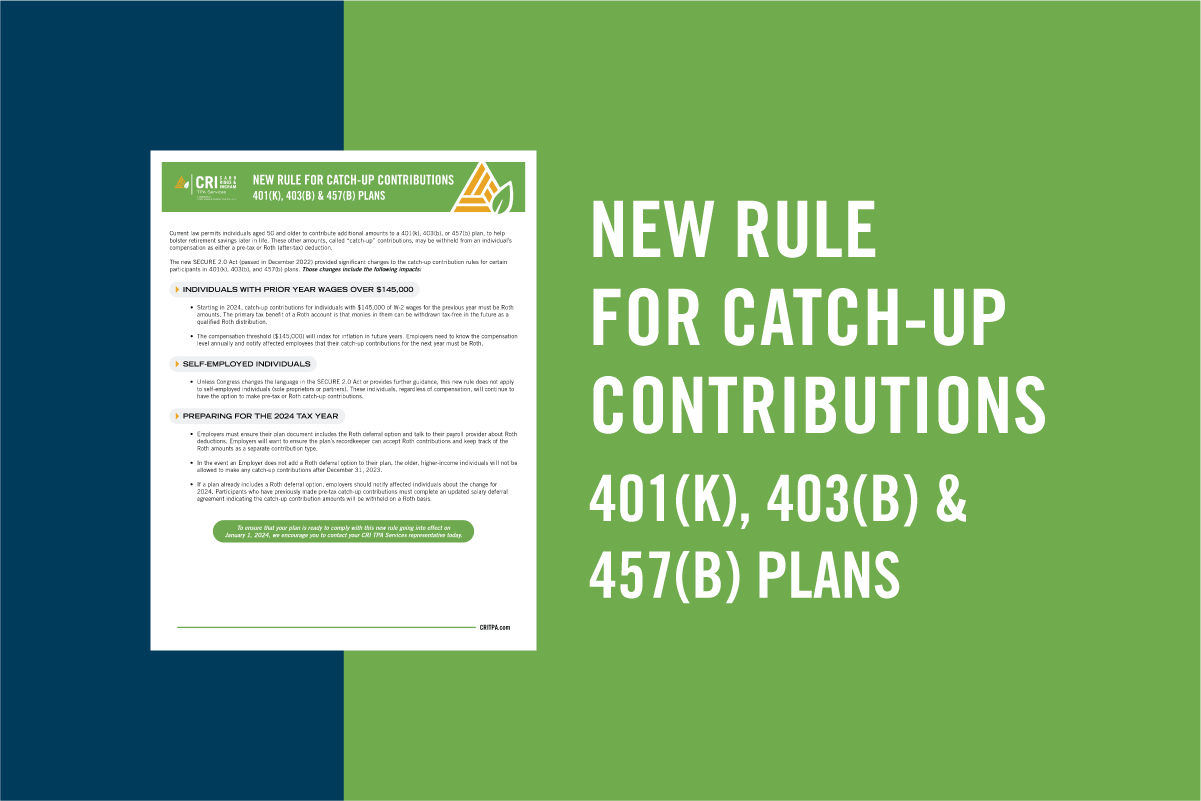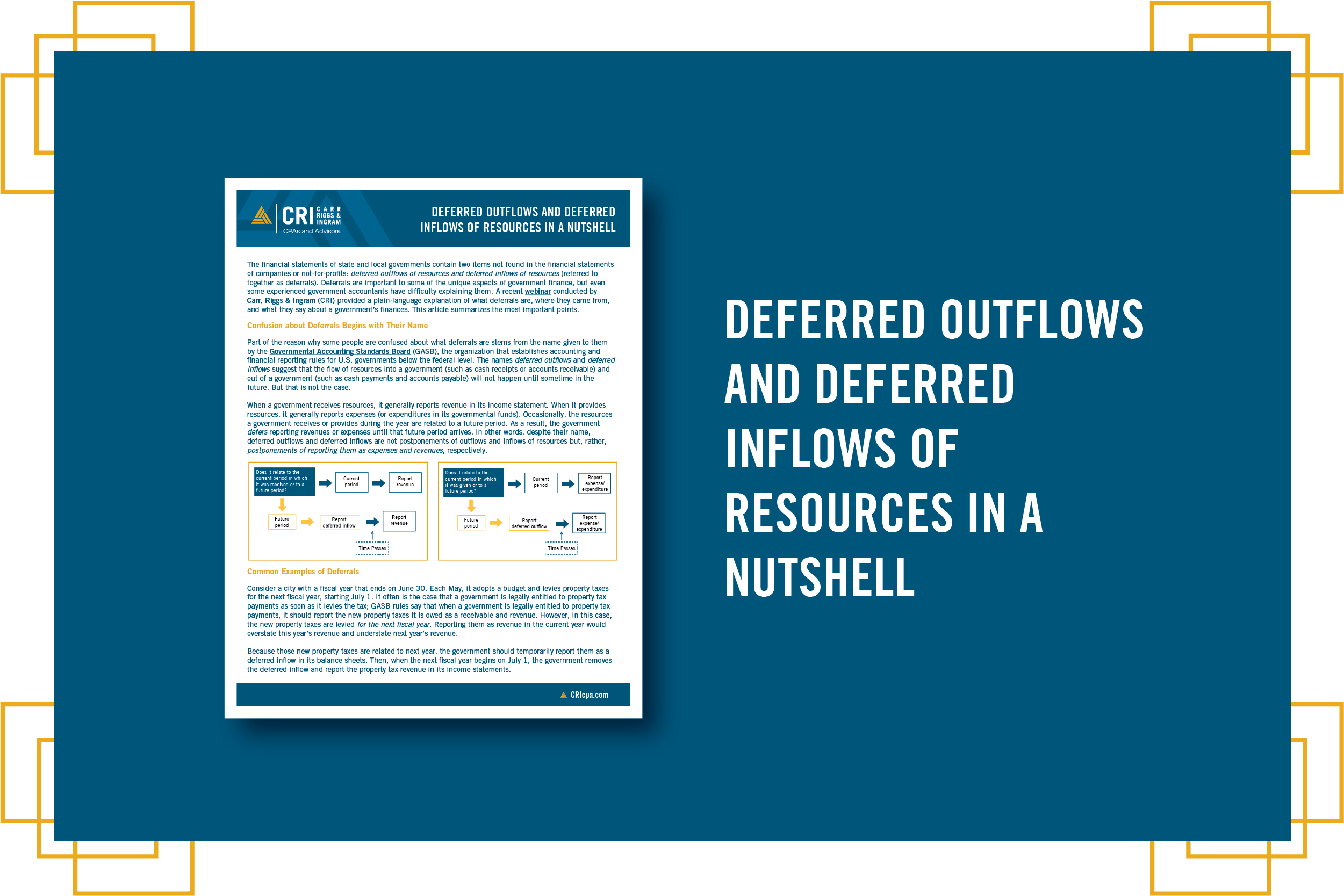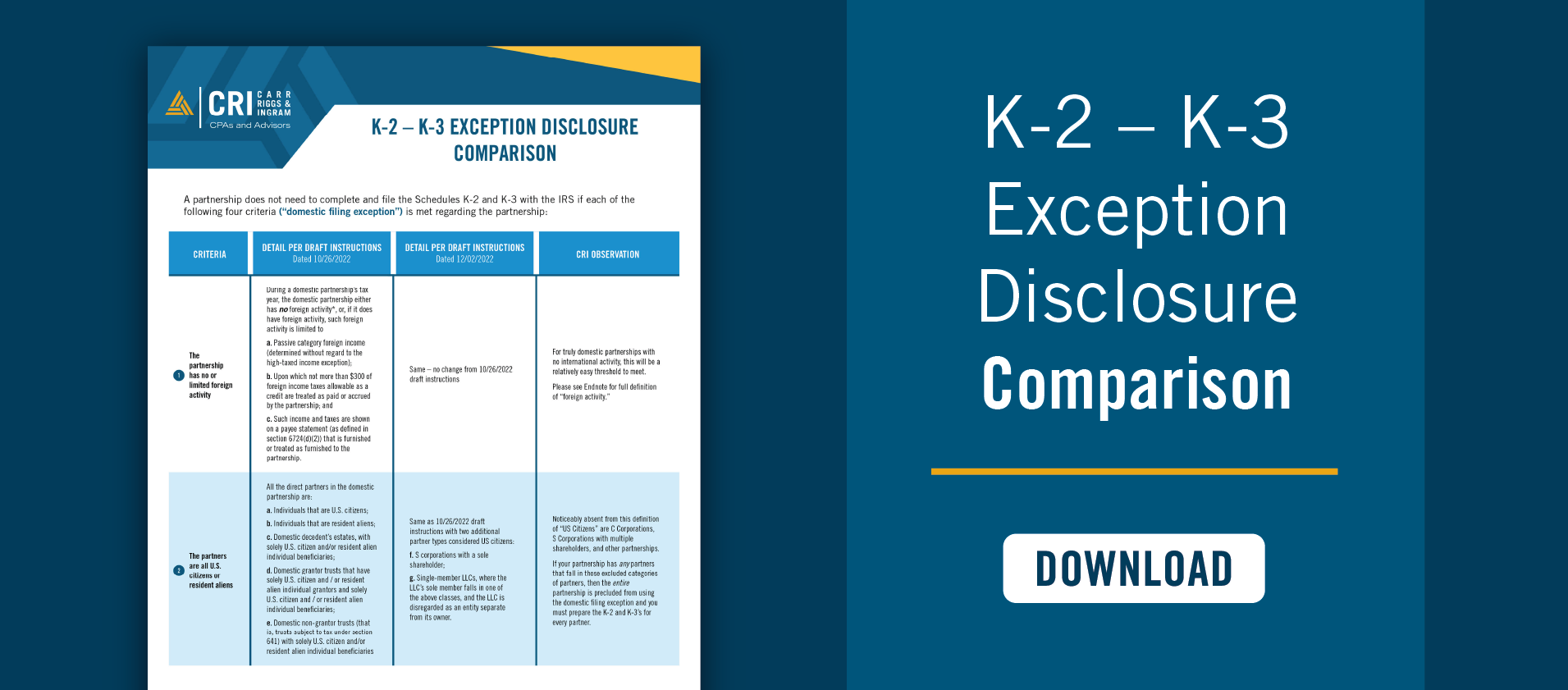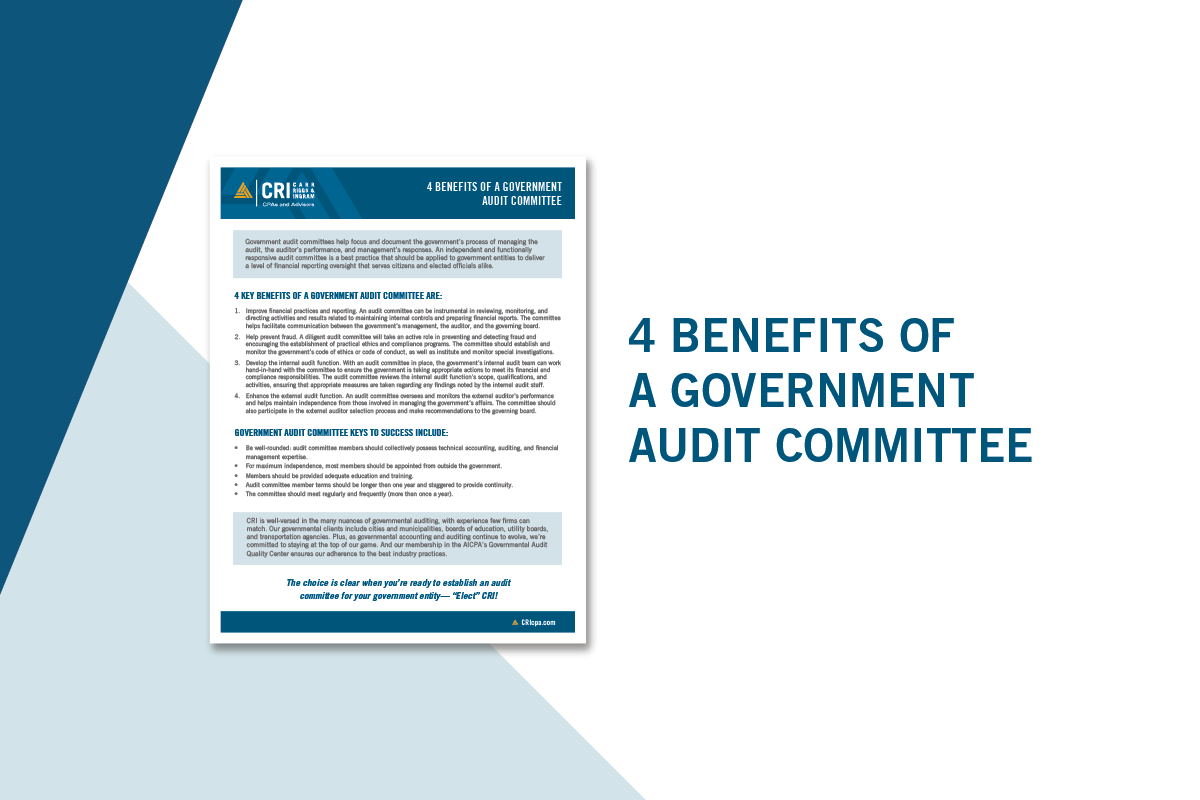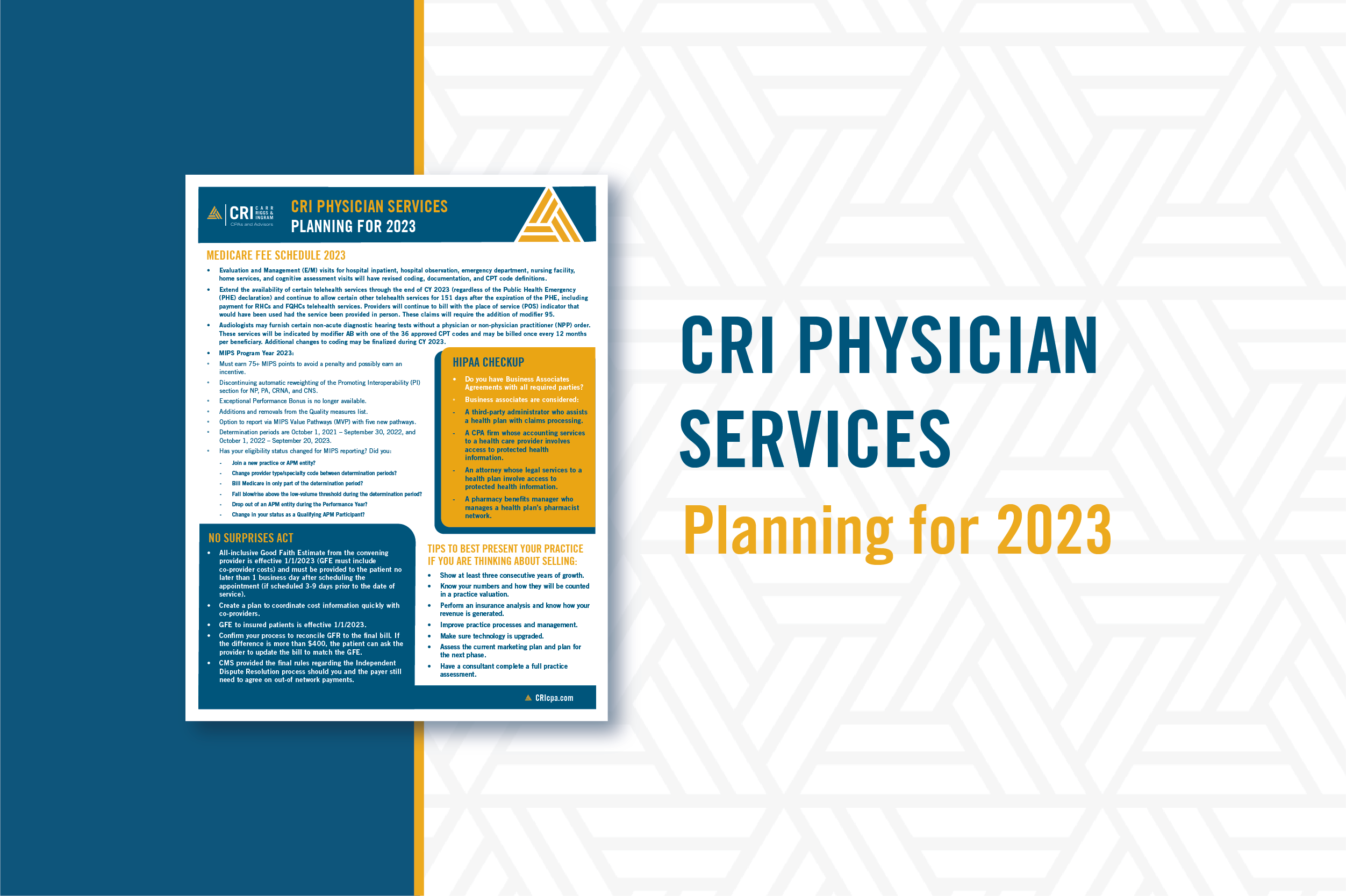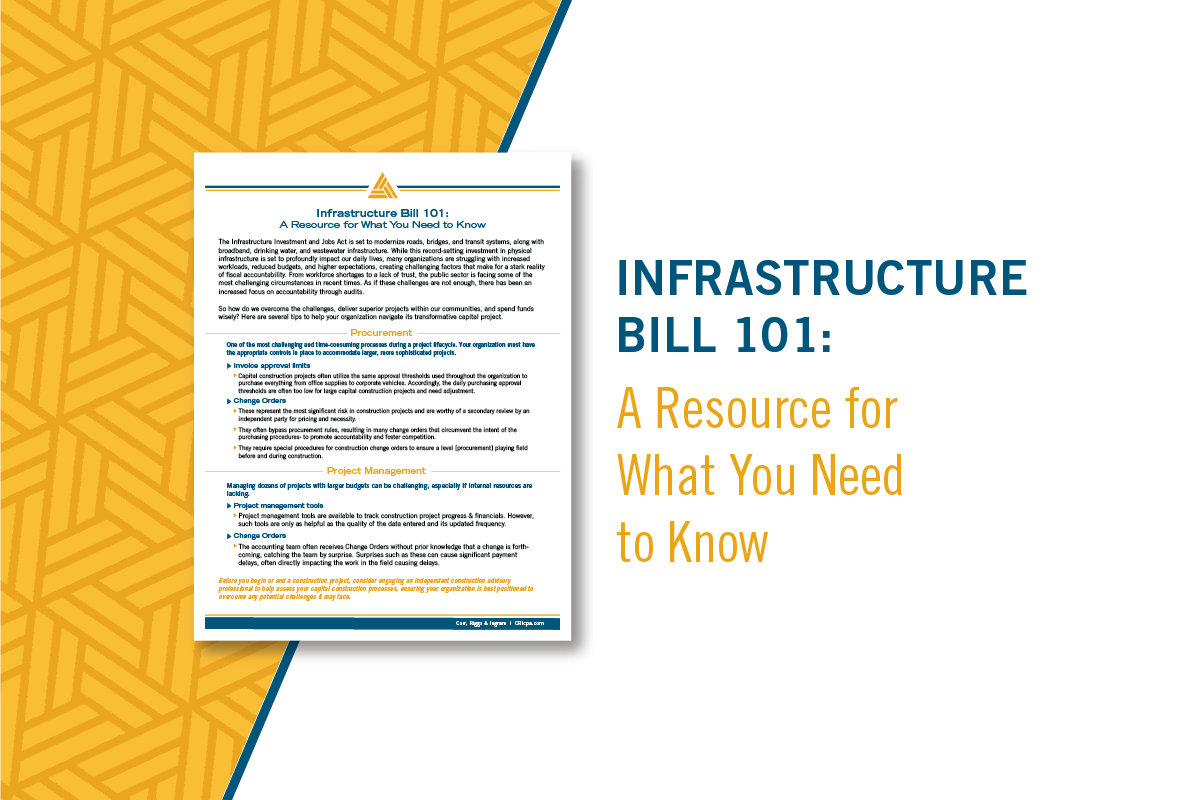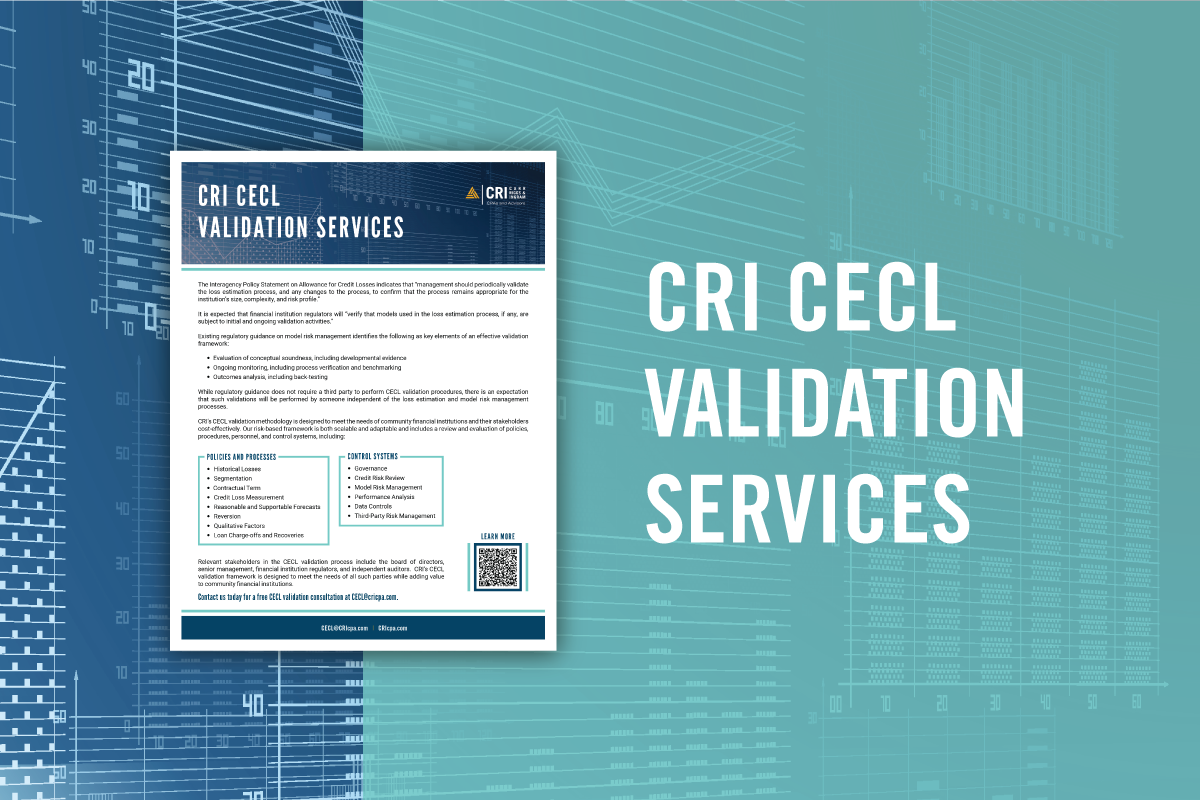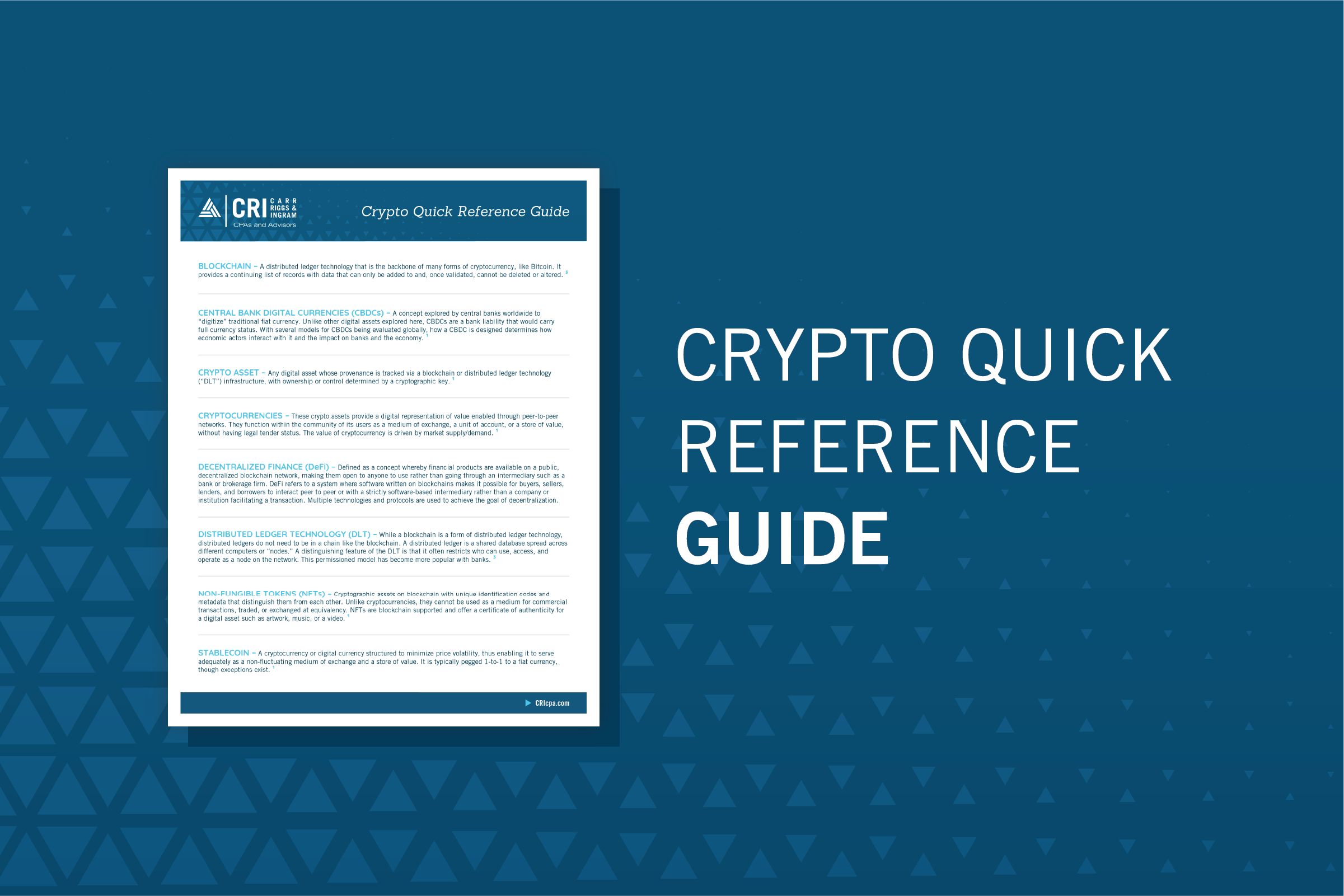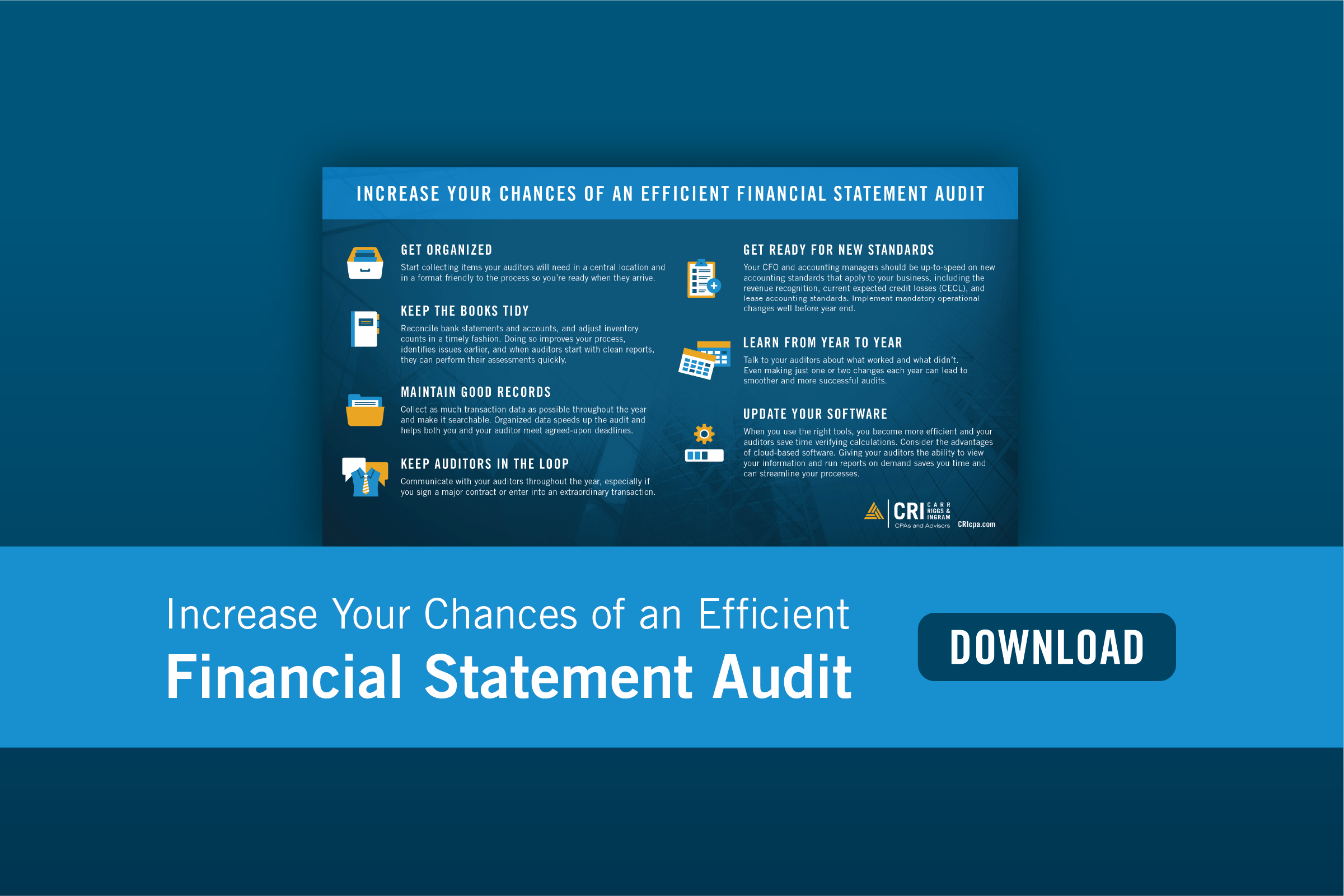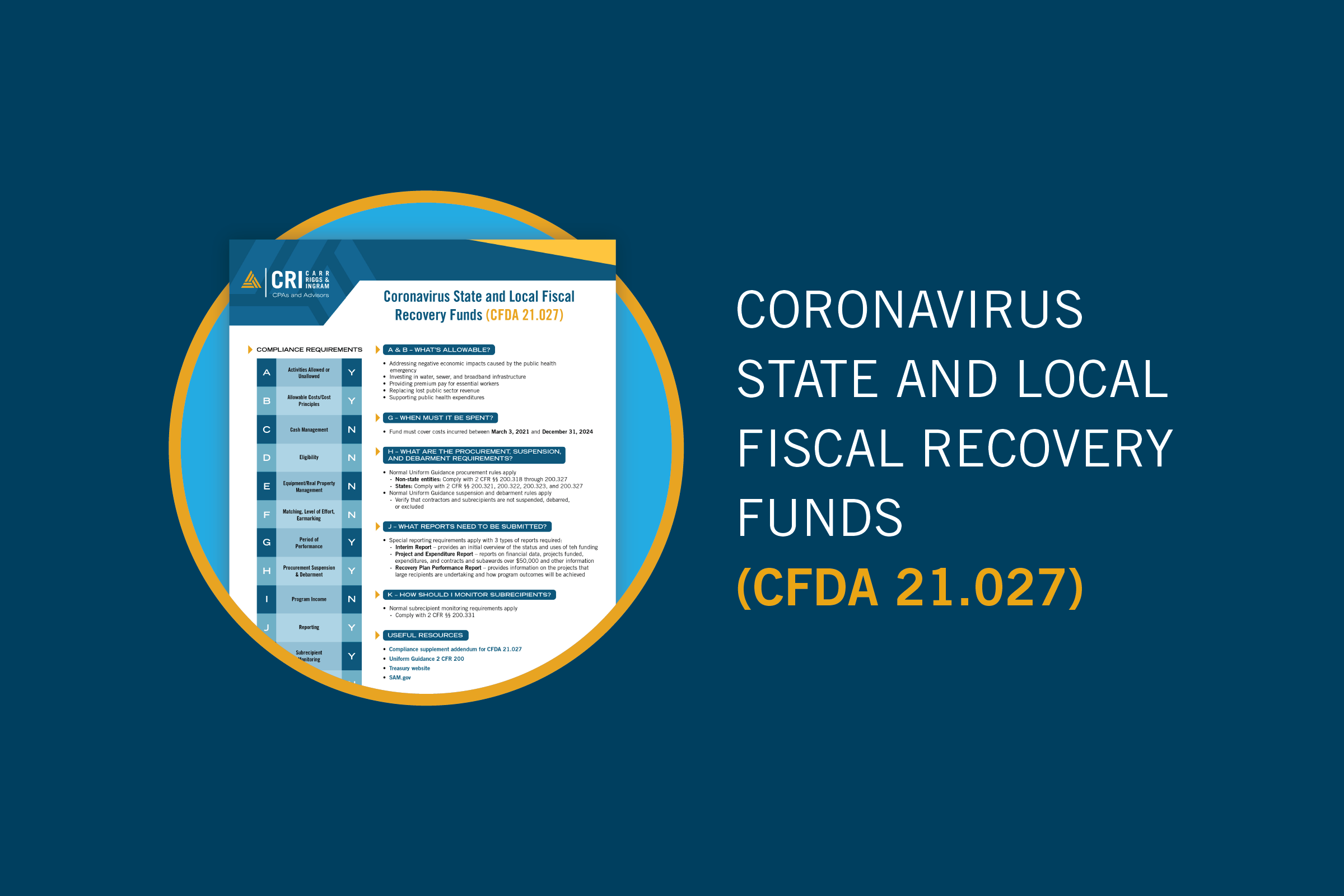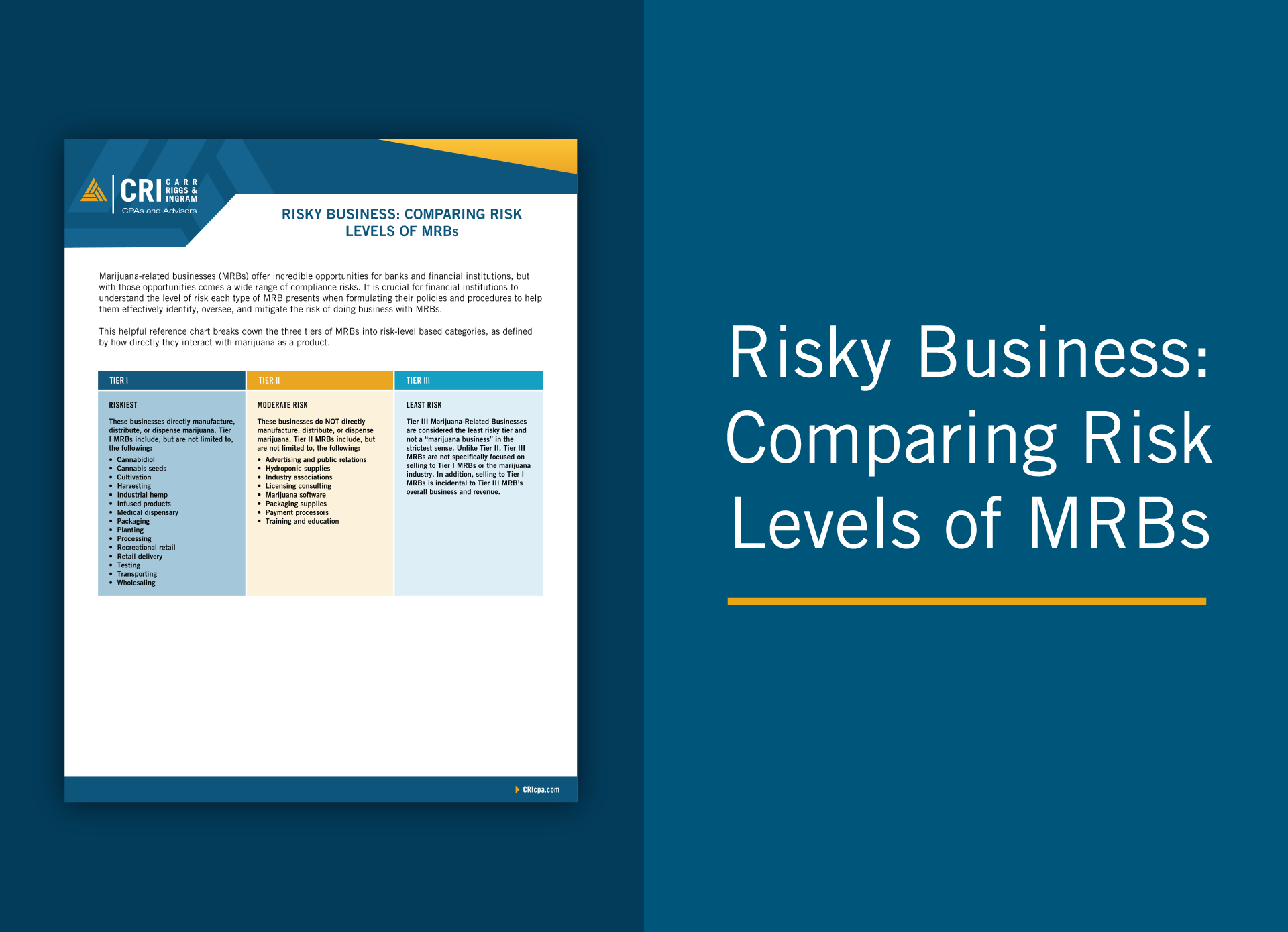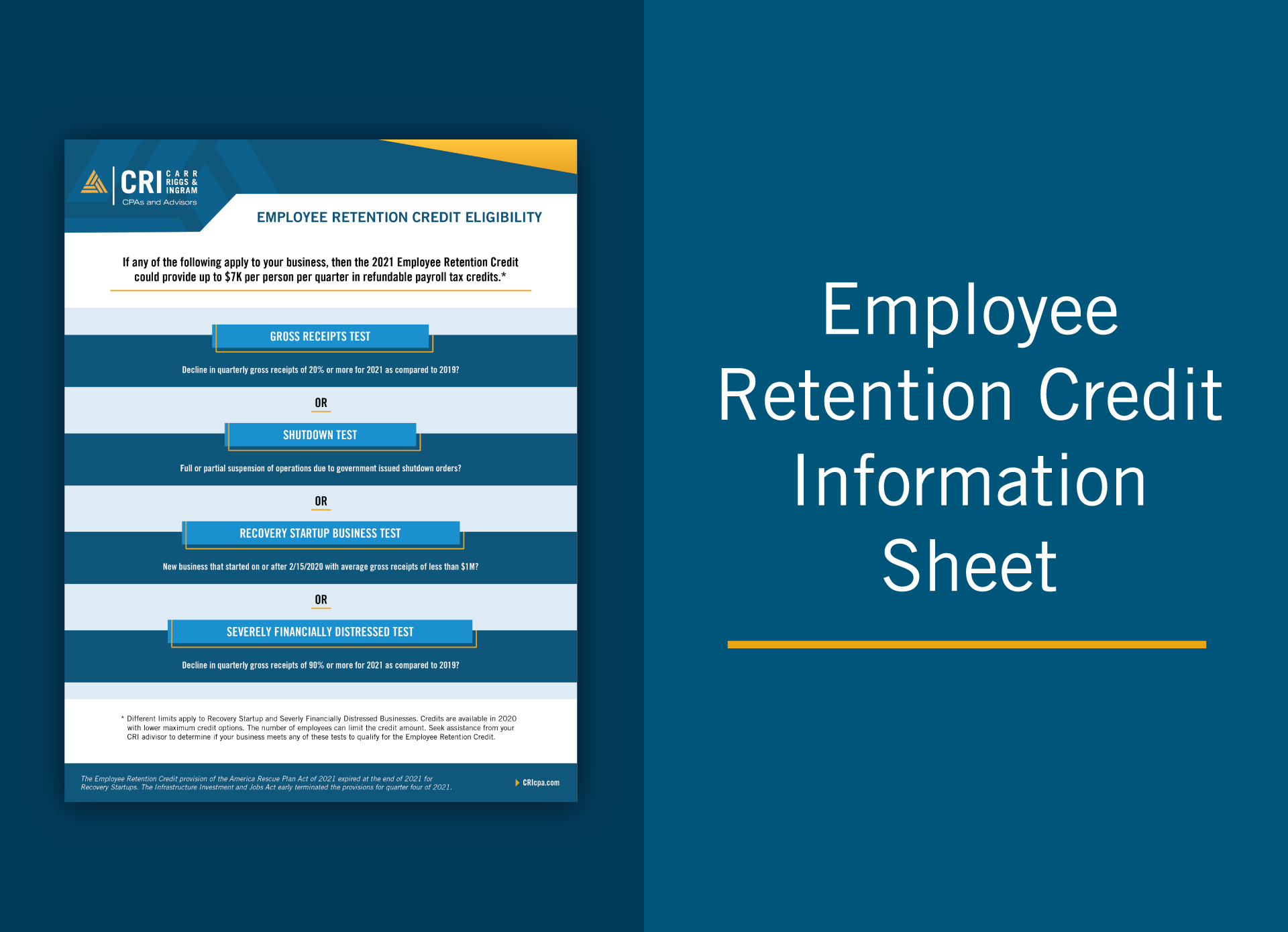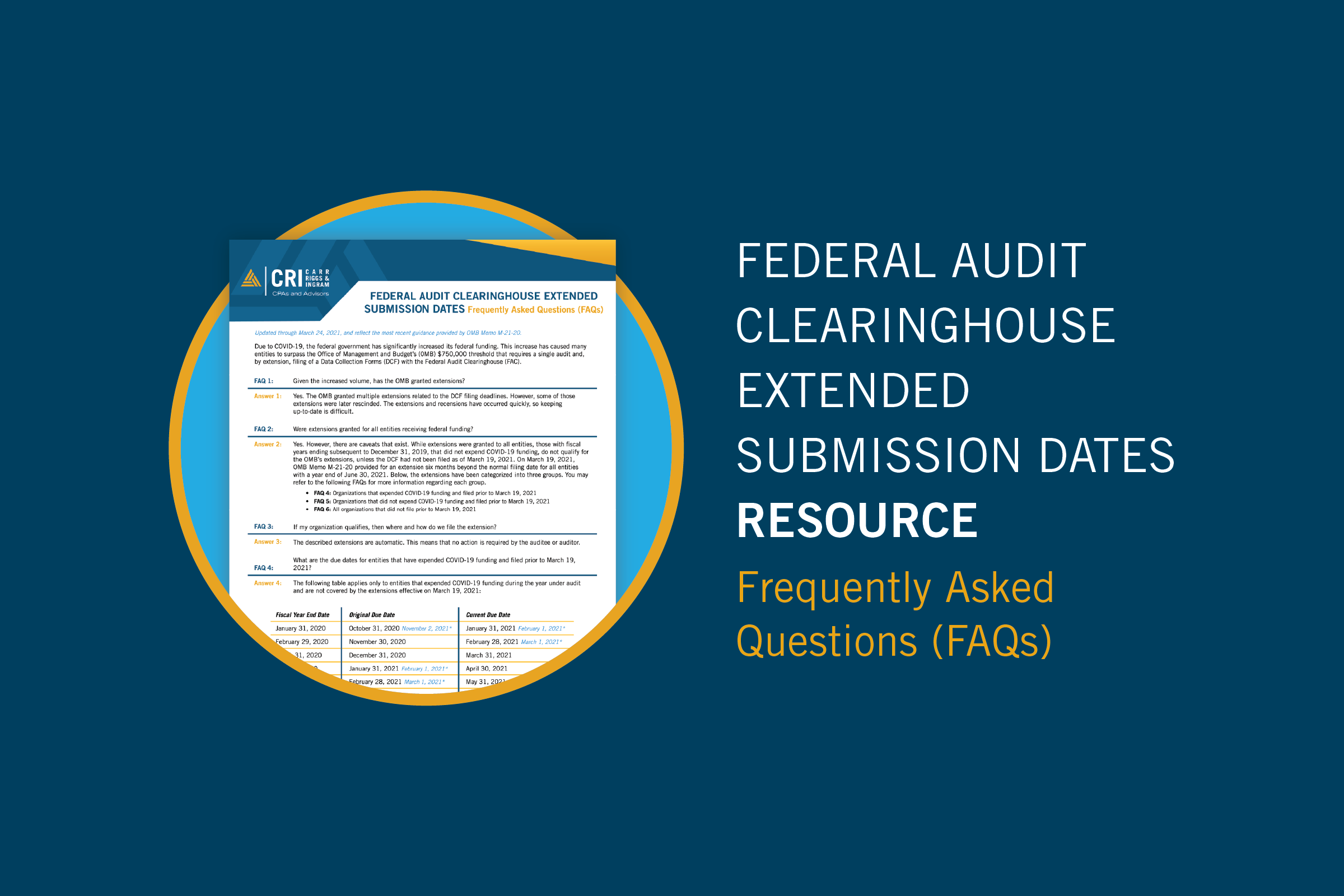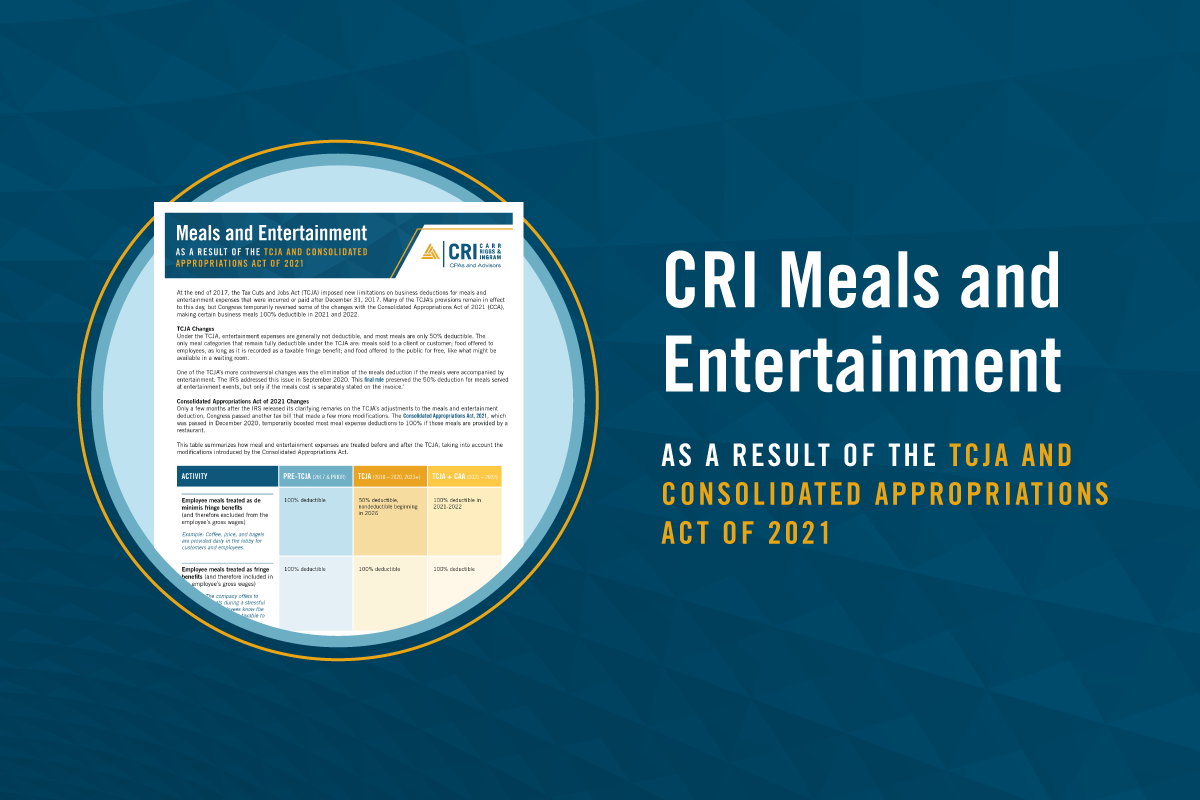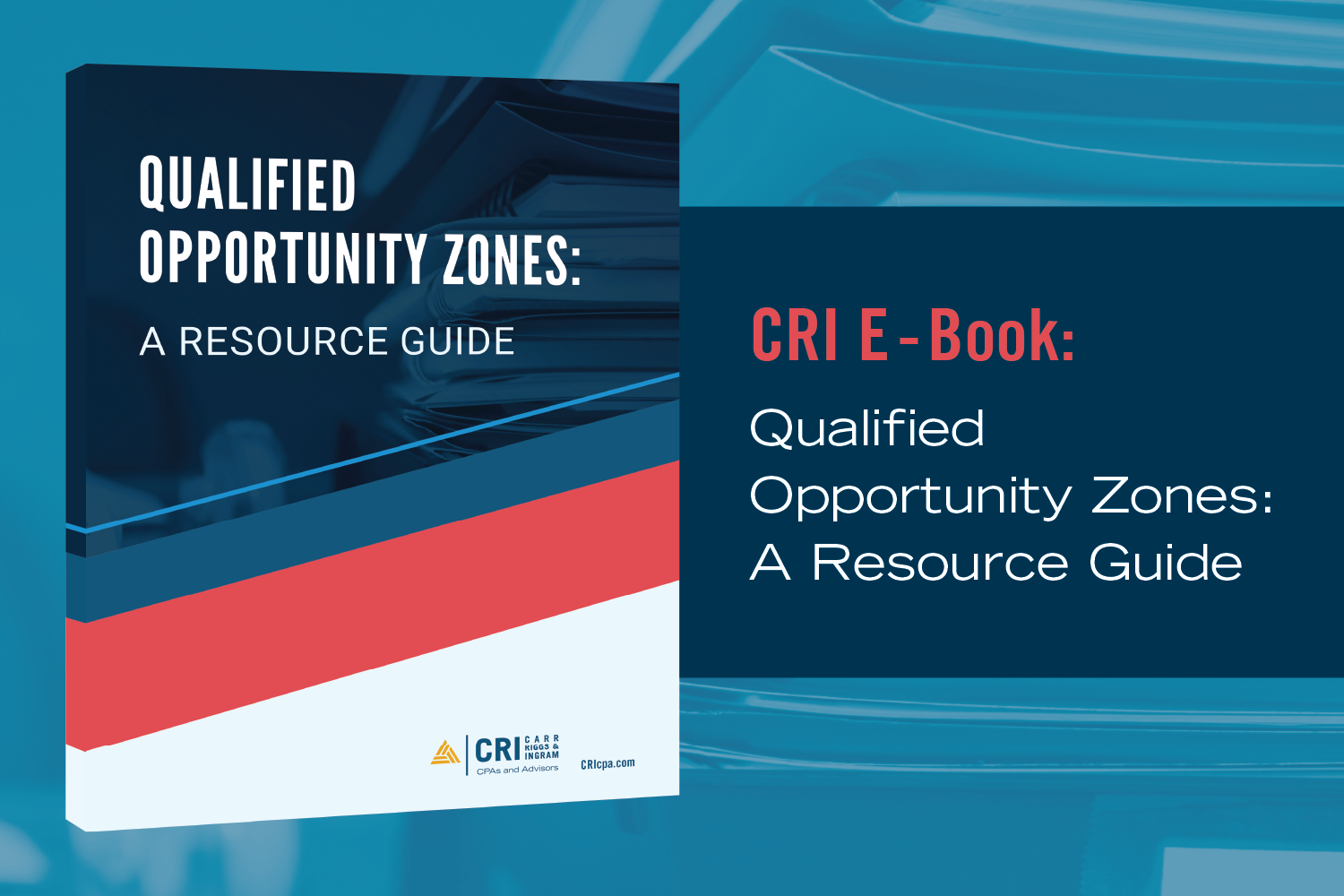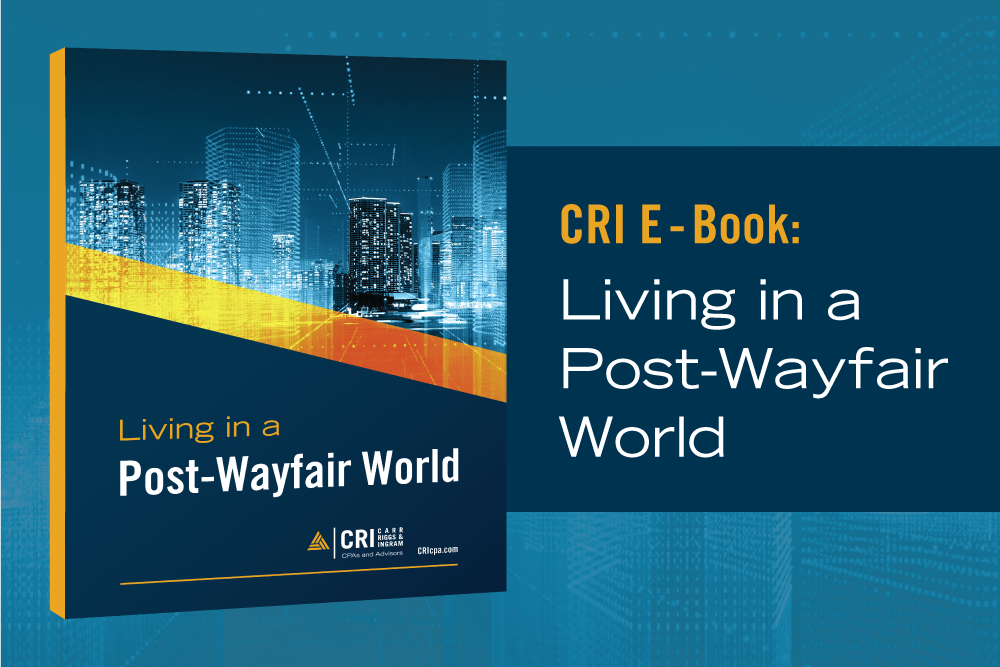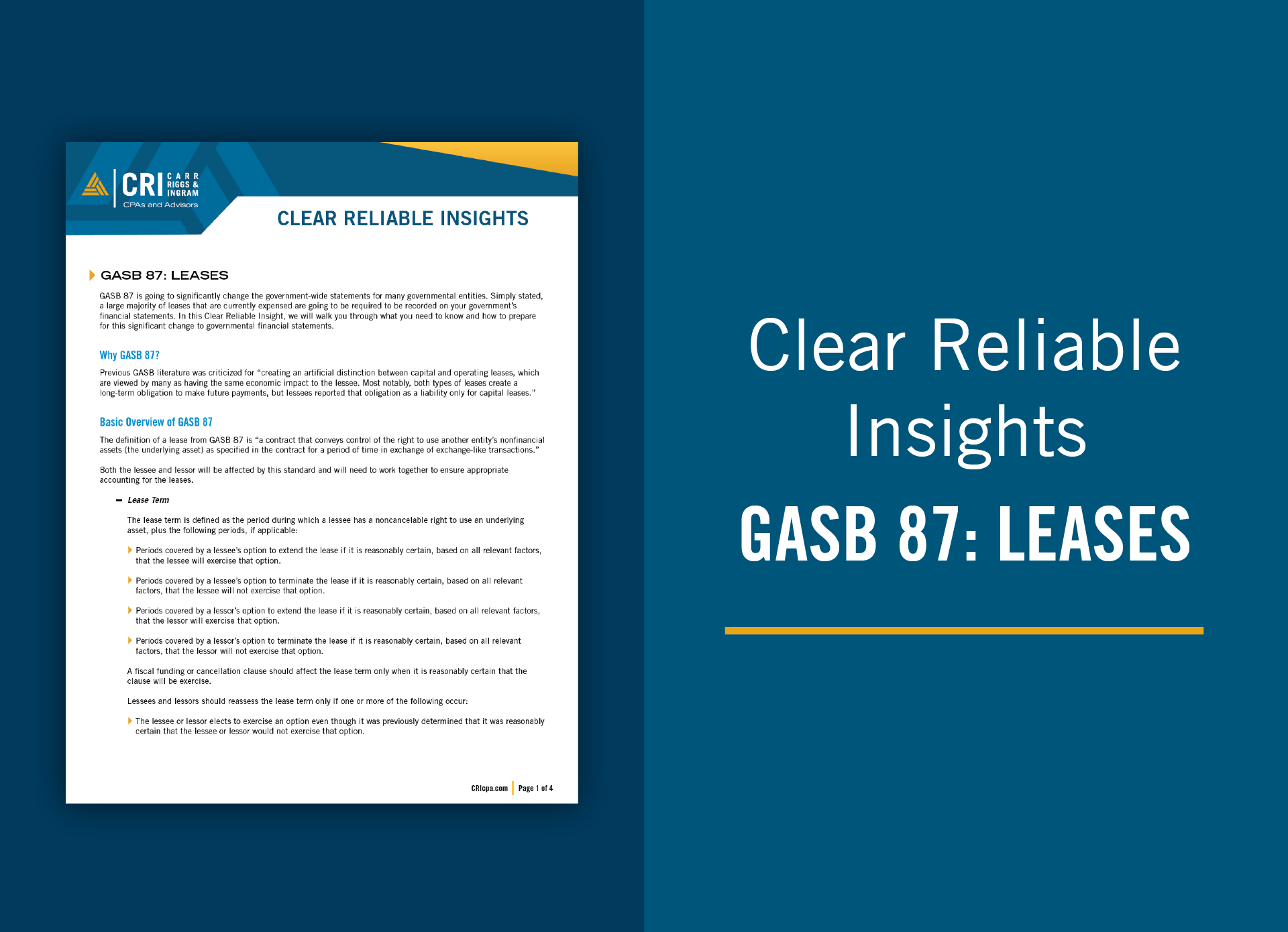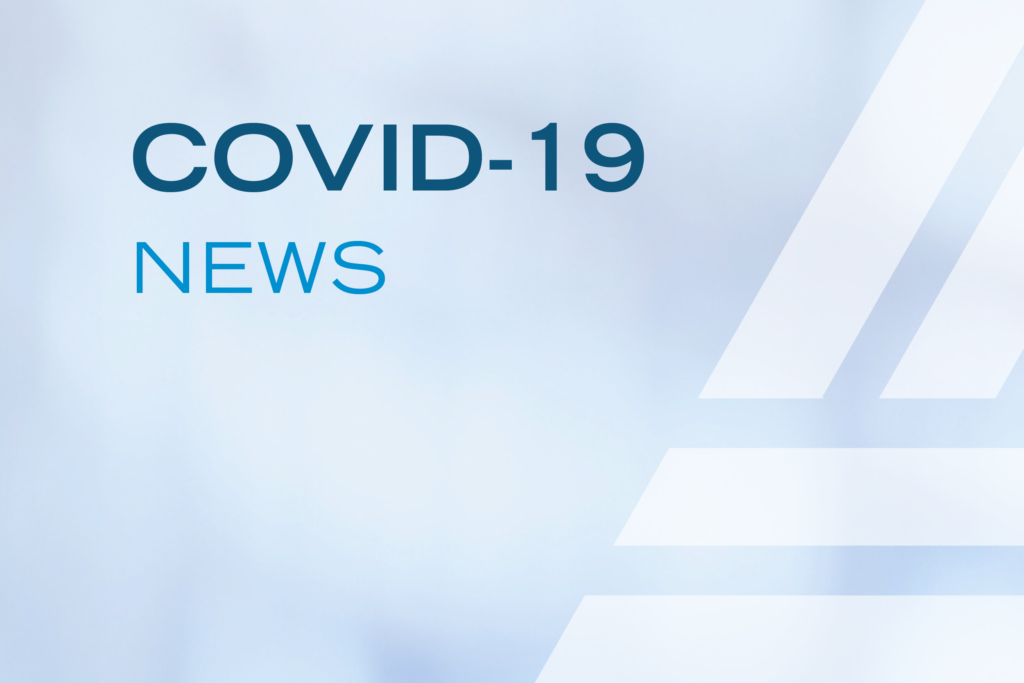
Our initial piece, Provider Relief Fund Recipient Q&A, introduced the notion that recipients of funds awarded and disbursed by the U.S. Department of Health and Human Services (HHS) under the CARES Act Provider Relief Fund (PRF) could – much to their surprise – be subject to an audit related to those awards. This requirement is triggered when a recipient expends more than $750,000 of those funds within a year—and also includes commercial (i.e., for-profit) entities.
Meeting the PRF Terms and Conditions requires organization leaders to understand and navigate through new requisites and jargon. For instance, you likely haven’t been subject to, much less heard of several of these terms and rules:
- Terms:
- Single Audit
- Program-specific Audit
- Catalog of Federal Domestic Assistance (CFDA) Number
- Schedule of Expenditures of Federal Awards (SEFA)
- Standards for Internal Control in the Federal Government, issued by the Comptroller General of the United States (the “Green Book”)
- Internal Control Integrated Framework, issued by the Committee of Sponsoring Organizations of the Treadway Commission (COSO) (COSO Framework)
- Rules
- General Provisions of the 2020 Consolidated Appropriation
- Code of Federal Regulations (CFR)
- CFR Title 45 – Public Welfare (45 CFR)
- 45 CFR Part 75 – Uniform Administrative Requirements, Cost Principles, And Audit Requirements For HHS Awards (45 CFR Part 75)
- 2 CFR Part 200 – Uniform Administrative Requirements, Cost Principles, And Audit Requirements For Federal Awards (“Uniform Guidance” or “2 CFR 200”)
- 45 CFR 75/2 CFR 200
- Subpart B, General Provisions
- Subpart D, Post Federal Award Requirements
- Subpart E, Cost Principles
- 45 CFR 75.302 – Financial Management
- 45 CFR 75.361 through 75.365 – Record Retention and Access
Reading and understanding this deep pool of guidelines is necessary to fully understand your organization’s potential requirements. The summary below allows you dip your toes in and test the water. To help you springboard into execution, we’ve also provided, in a separate editorial, Federal Award Best Practices.
Use the PRF Requirement summary below to start to:
- Understand the relevant requirements
- Improve internal controls
- Prepare to document compliance
- Organize for the soon-to-be-released reporting requirements
- Maintain appropriate records and cost documentation
- Ensure that funds will not be used for “double dipping,” i.e., expenses and losses that will be reimbursed from the PRF cannot also be reimbursed from other sources, such as the Paycheck Protection Program (PPP). Each expense or loss can only be credited against one section of the PRF
- Account for these funds as expenditures of federal awards (under the CFDA Number 93.498) in preparation of the SEFA
Digesting the many PRF terms and conditions, as well as the rules and regulations, is daunting. Highlighted below are areas of particular importance to consider when preparing for an audit of the funds received and expended:
Internal Controls over Compliance
- The organization expending the funds must establish and maintain effective internal controls over compliance (ICC) with the terms and conditions of the award, as well as further guidance issued by HHS and the award-applicable requirements (in 45 CFR 75/2 CFR 200, including Subparts B, D, and E).
- The provider’s ICC should follow the guidance in the:
- Green Book, or
- COSO Framework
Applicable Compliance Requirements – Cost Principles in 45 CFR 75/2 CFR 200 Subpart E
- The full text of the Cost Principles are available here:
- Cost Principles – For Profit, and
- Cost Principles – Government and Nonprofit.
- The Cost Principles include an extensive list of costs that (are):
- Unallowable,
- Allowable only under certain circumstances, and
- For which prior Federal agency approval is required.
- All costs charged to these federal awards must comply with the Cost Principles. In general, costs must be:
- Necessary and reasonable for the performance of the award;
- Conform to limitations and exclusions in the Terms and Conditions of the award;
- Consistent with policies and procedures that apply to all activities of the entity, whether federally-financed or not – the policies and procedures must be at least as restrictive as those applied to federal awards;
- Determined under generally accepted accounting principles (GAAP);
- Separate (i.e., not be included as a cost or used to meet cost sharing or matching requirements) from any other federally-financed program, and
- Adequately documented.
Policies and Procedures
- Providers expending these funds are required to have written policies and procedures covering certain areas including, but not limited to:
- Payment – including the establishment of financial management systems that meet standards for:
- fund control and accountability, and
- making timely payments to contractors per contract provisions.
- Allowability – determining the costs in accordance with the Cost Principles and award Terms and Conditions.
- Conflicts of interest – specifically those governing the performance of its employees engaged in the selection, award, and administration of contracts, and applicable organizational conflicts of interest.
- Competitive bids – ensuring that procurement is conducted competitively.
- Compensation and benefits – governing employee compensation and associated fringe benefits, if charged to the award.
- Leave – if leave is charged to the award.
- Travel reimbursement and relocation cost – reimbursement policies, if charged to the award.
- Payment – including the establishment of financial management systems that meet standards for:
Other PRF Requirements
- Three levels of procurement exist (and can be affected by the entity’s choices regarding thresholds); therefore, having a knowledgeable resource available could make a dramatic positive impact on your compliance. Procurement of goods and services with these funds must comply with the Procurement Standards (laid out in 45 CFR 75.327-.335 and 2 CFR 200.318-.326), which defines three procurement levels:
- Micropurchases: capped at up to $10,000, as defined in the entity’s purchasing policy
- Small purchases: between the micropurchase threshold and the Simplified Acquisition Threshold
- Purchases above the Simplified Acquisition Threshold: defined as $150,000 or $250,000, if the entity has chosen the higher threshold
- Personnel Expenses. Personnel expenses paid from these funds must be supported by documentation that meets the Standards for Documentation of Personnel Expenses. Salaries and wages charged to these awards must be based on records that accurately reflect the work performed and be supported by a system of internal control.
- Lost Revenue. Unlike many federal awards, the Provider Relief Fund may be used to make up for lost revenue. Existing guidance on measuring the amount of lost revenues that is includable can be found on the HHS Provider Relief website, in the “Frequently Asked Questions.” However, anticipate that this is only very preliminary guidance, with additional clarity to be established in future FAQs, reporting guidelines from HHS, and the upcoming COVID-specific Compliance Supplement that will be released by the Office of Management & Budget (OMB) in October of 2020.
CRInsight: To stay current, visit CRIcpa.com and HHS PRF FAQs. Also, CRI will be providing COVID Quick Hits, offering insights into the relevant portions of these requirements, and helpful tips to prepare for PRF audits. Please join us live or sign-up to receive the recording to view at your convenience.
Relevant insights
Join Our Conversation
Subscribe to our e-communications to receive the latest accounting and advisory news and updates impacting you and your business.
